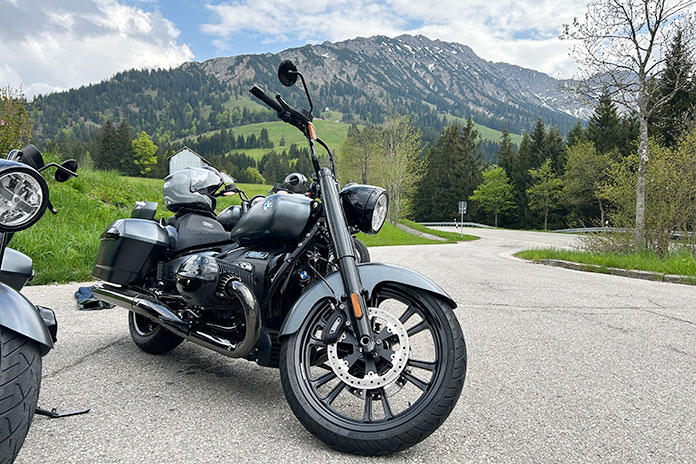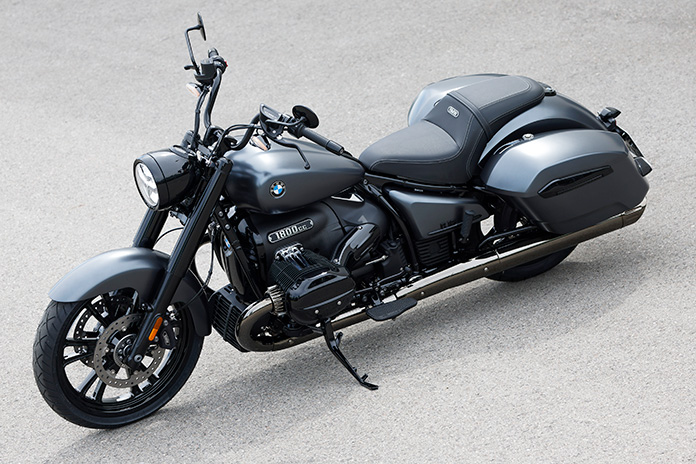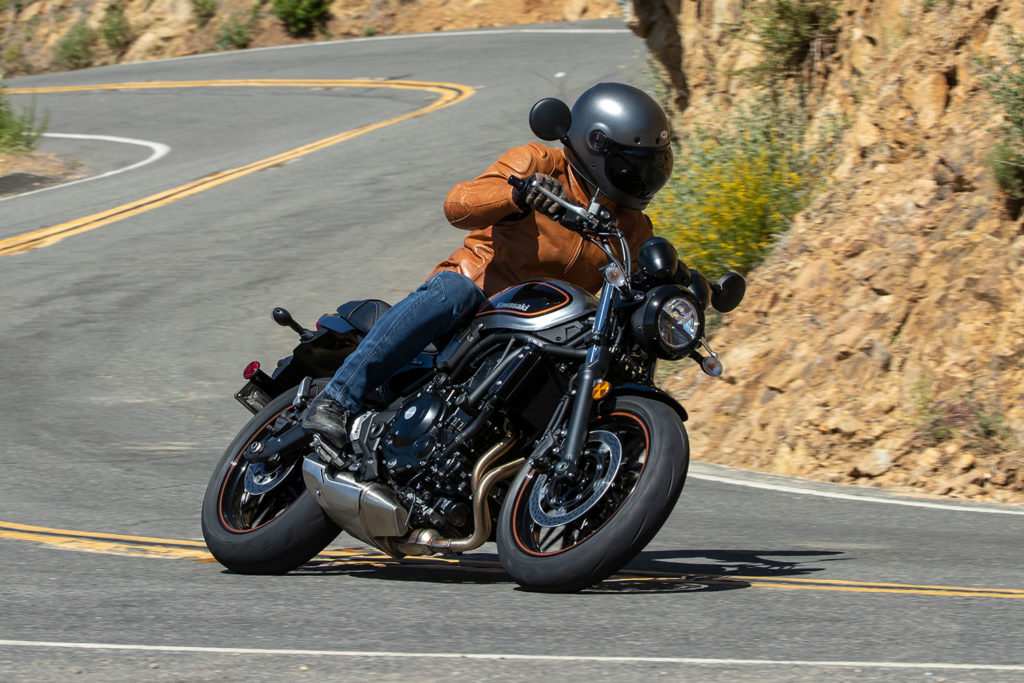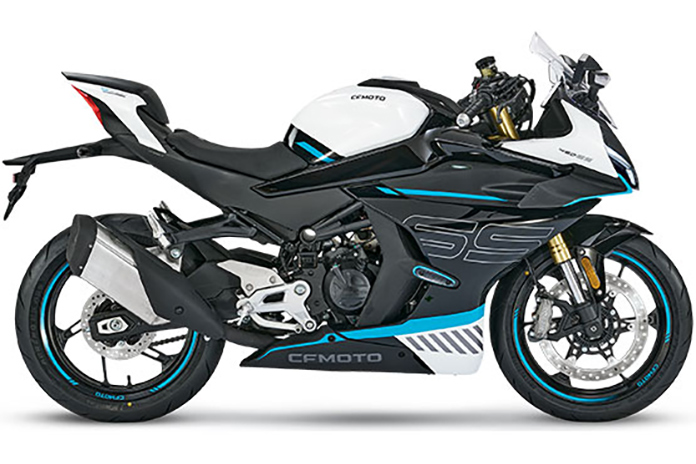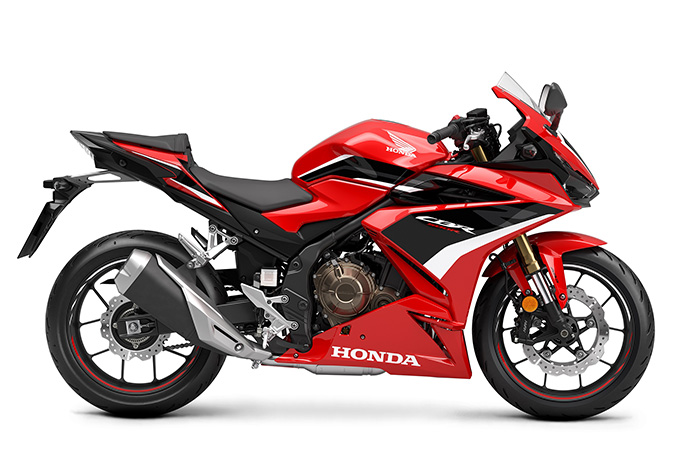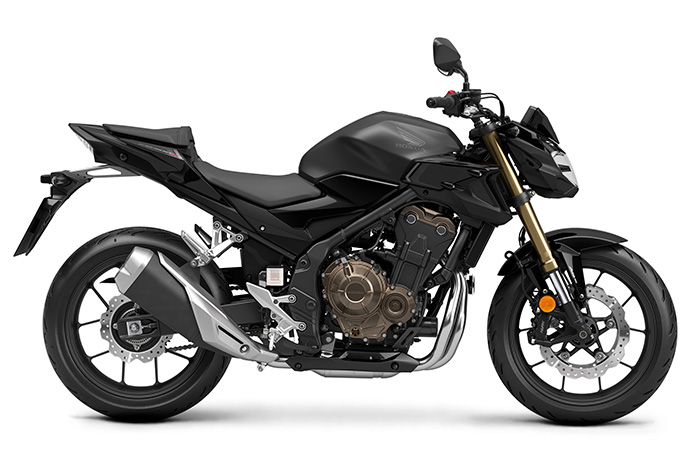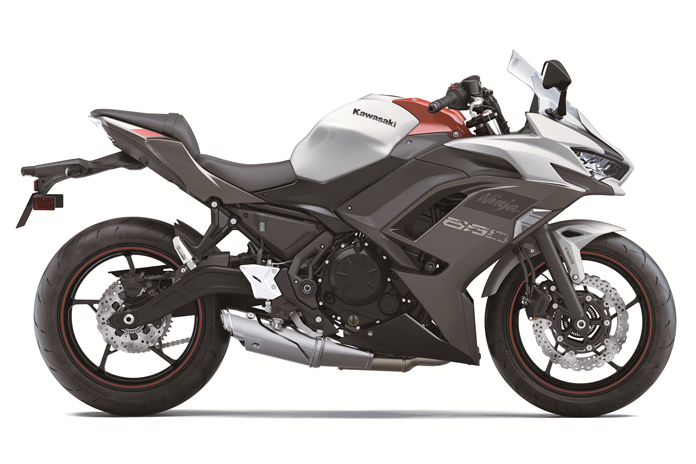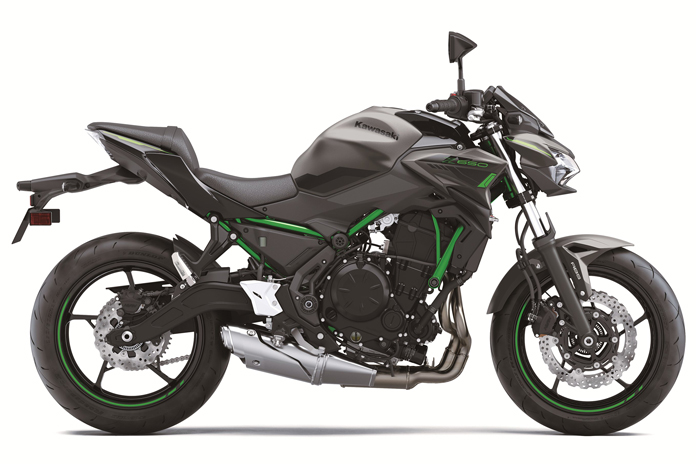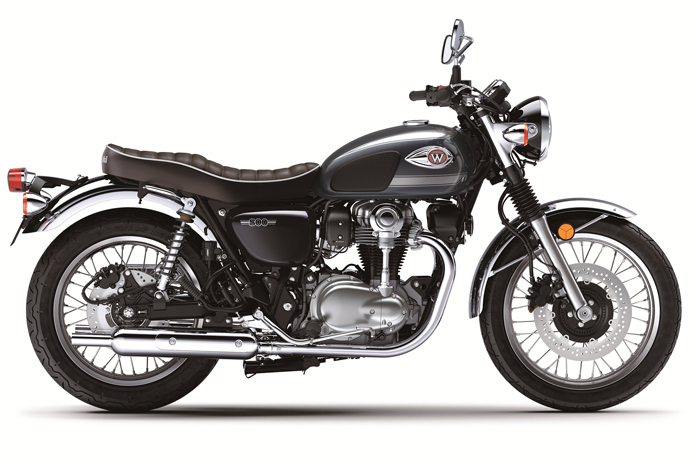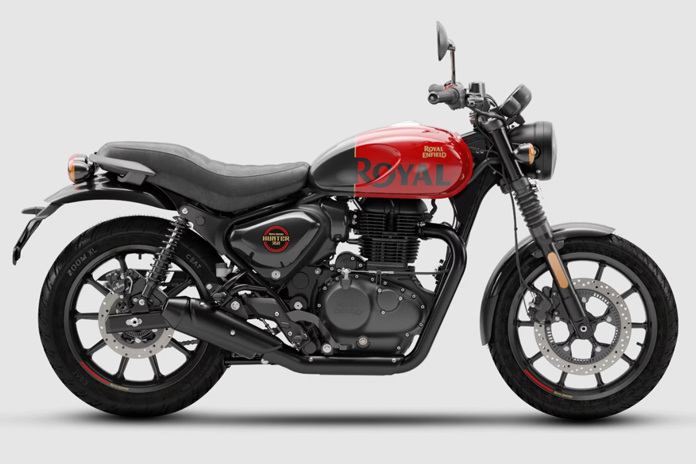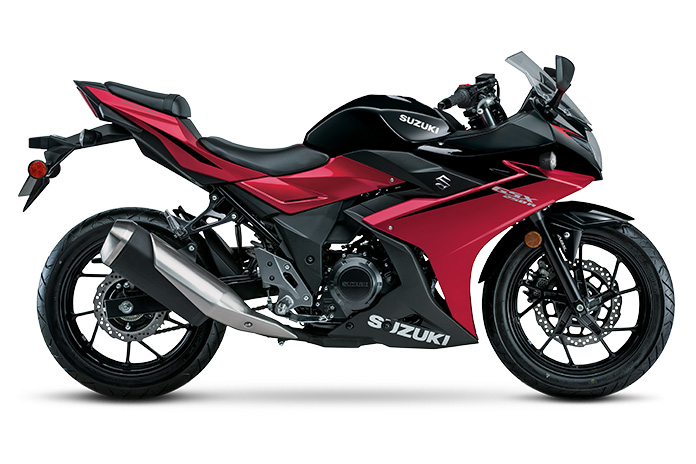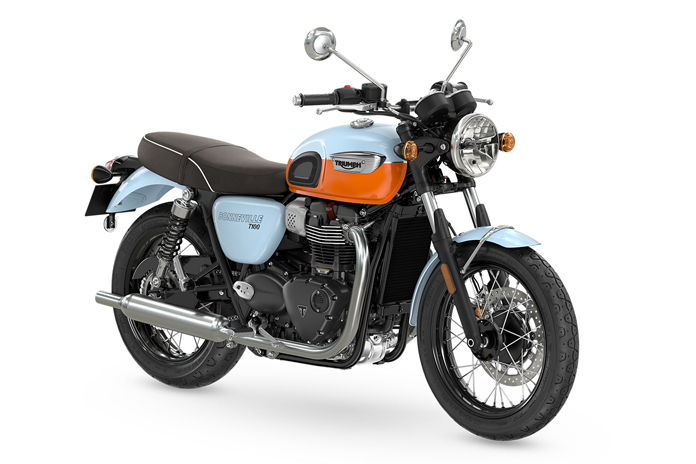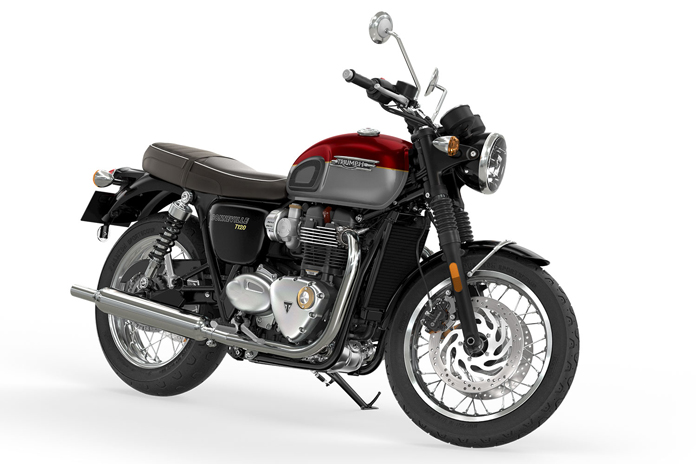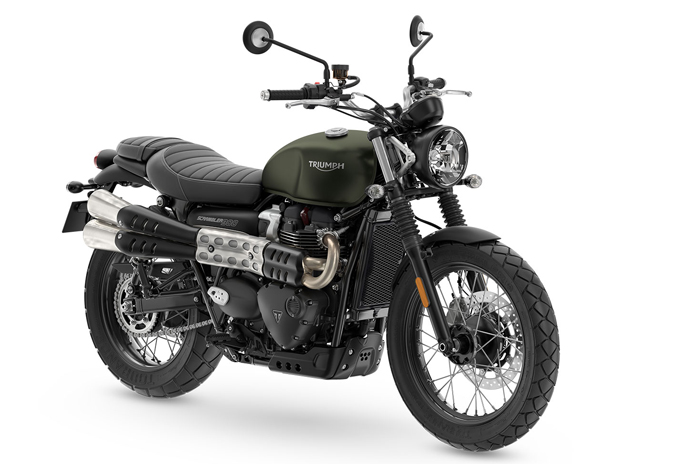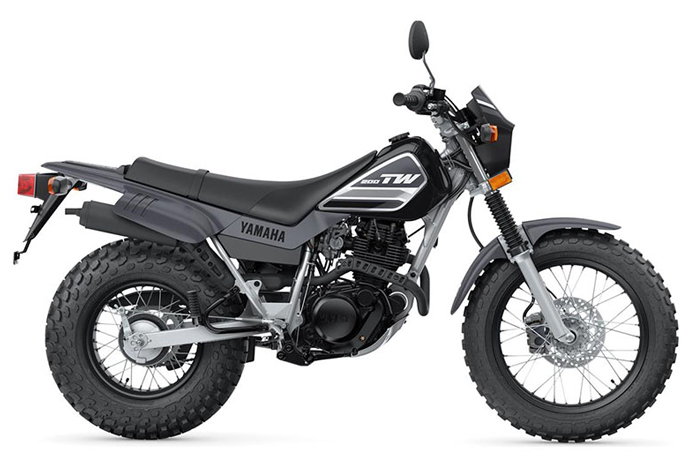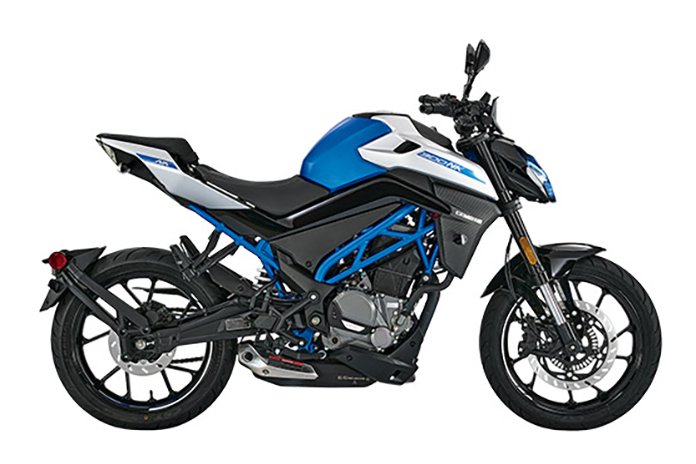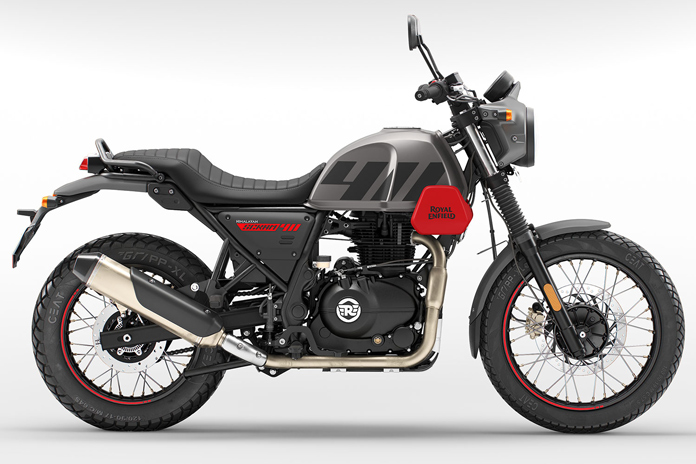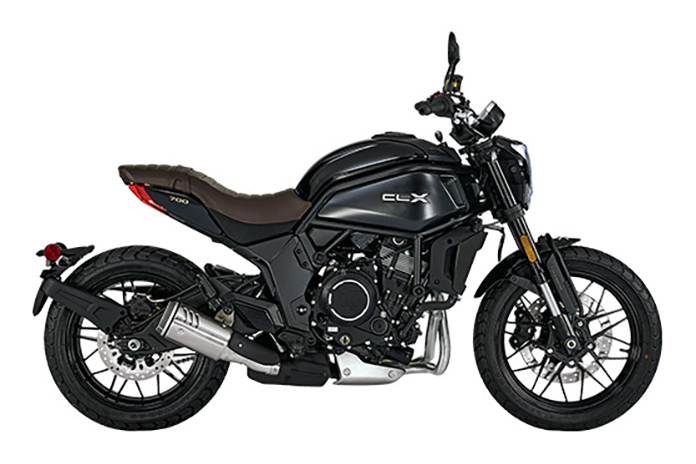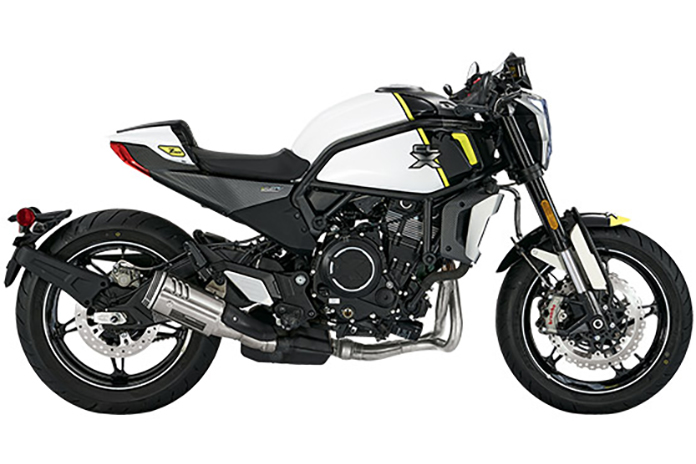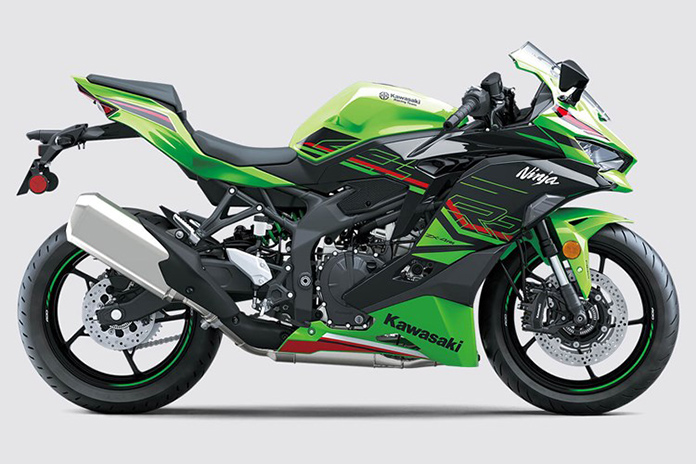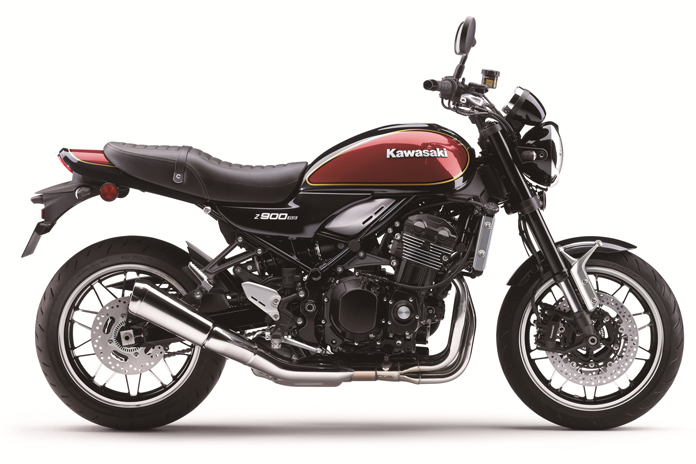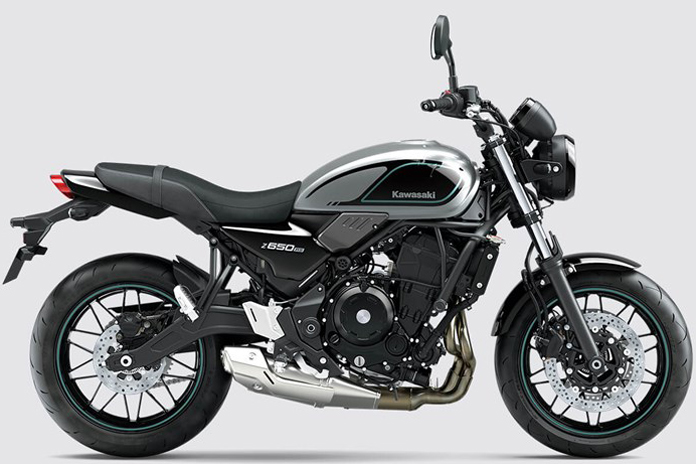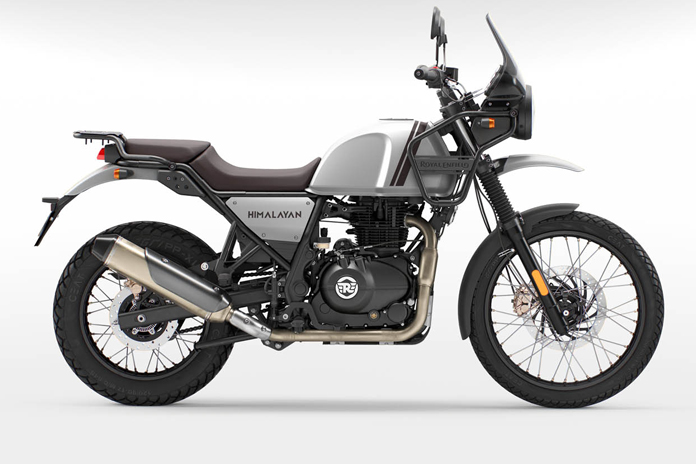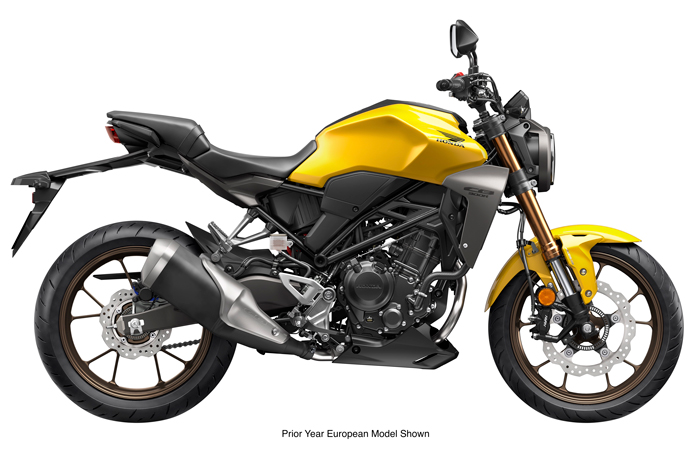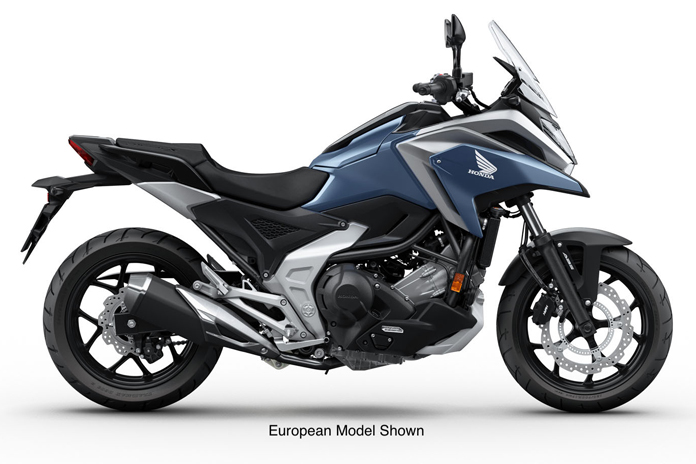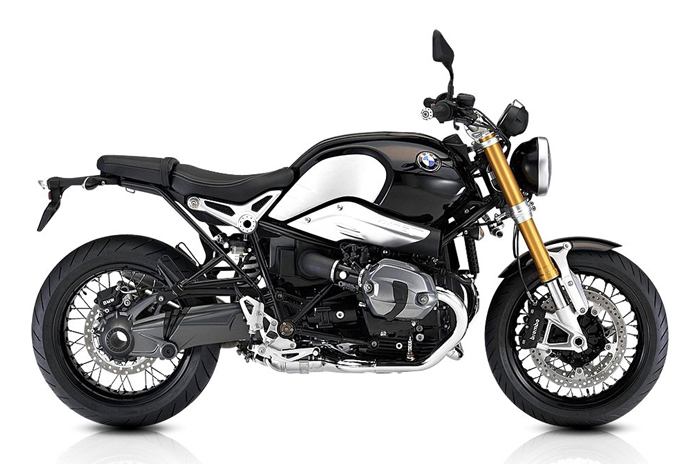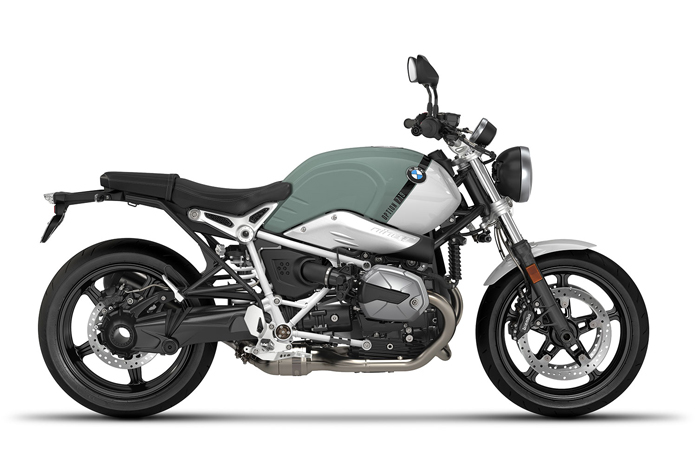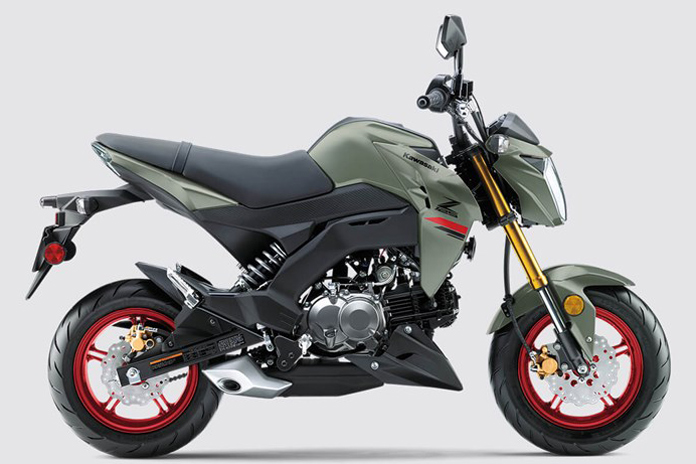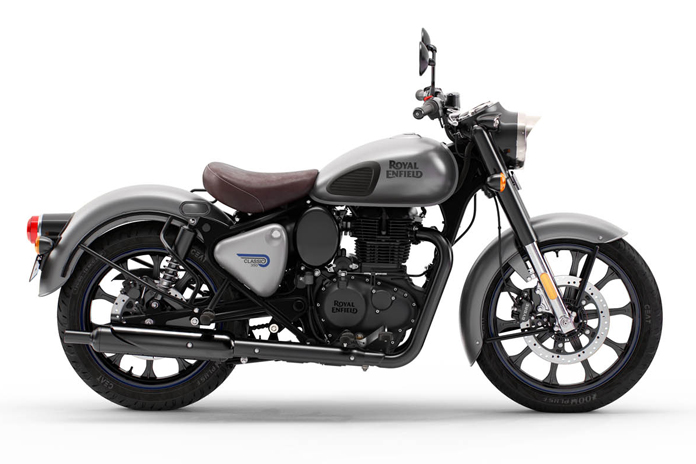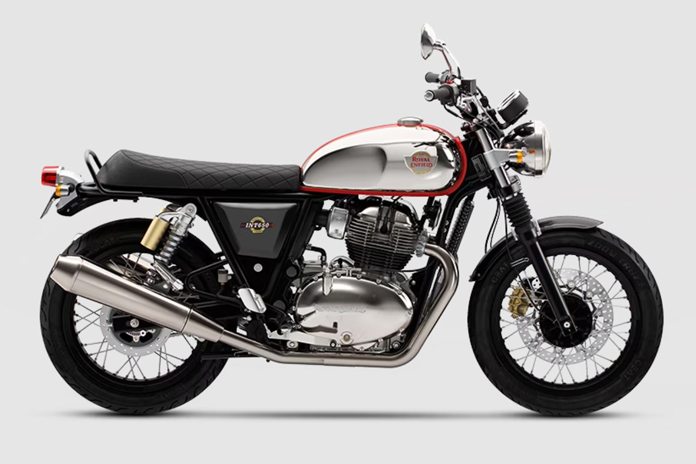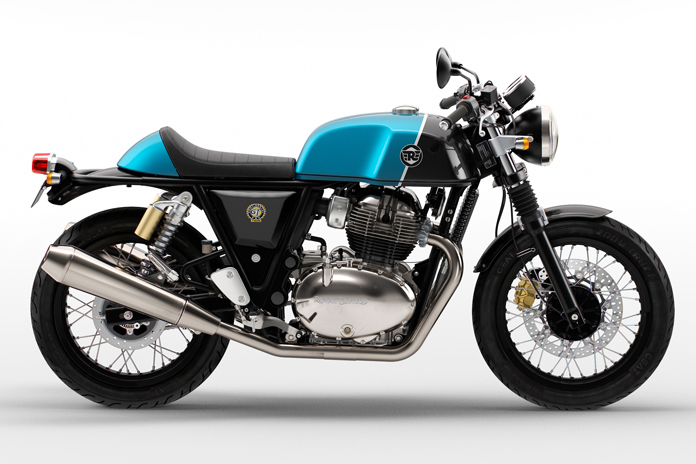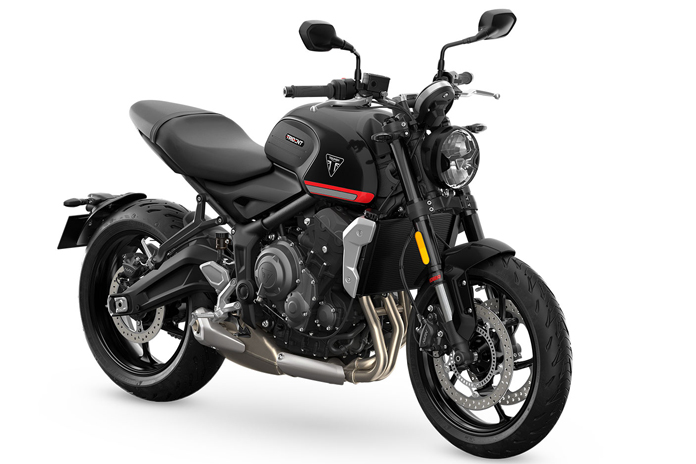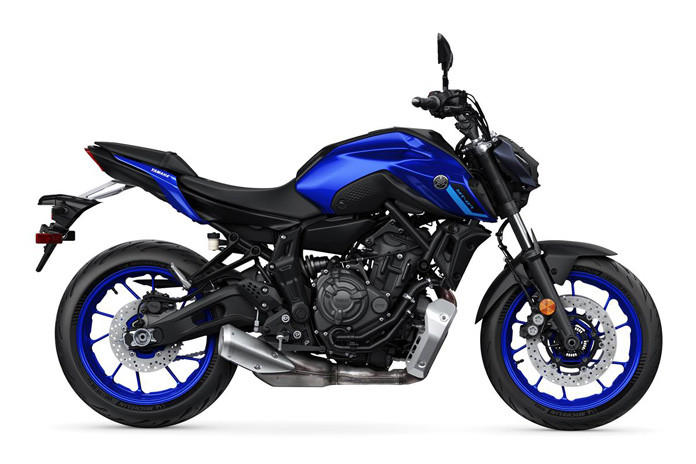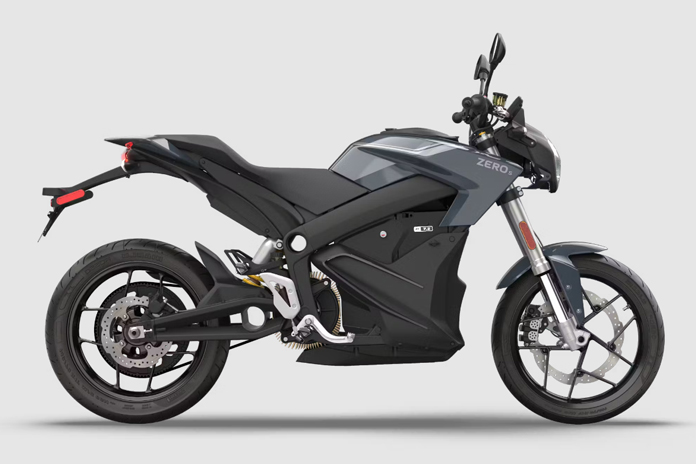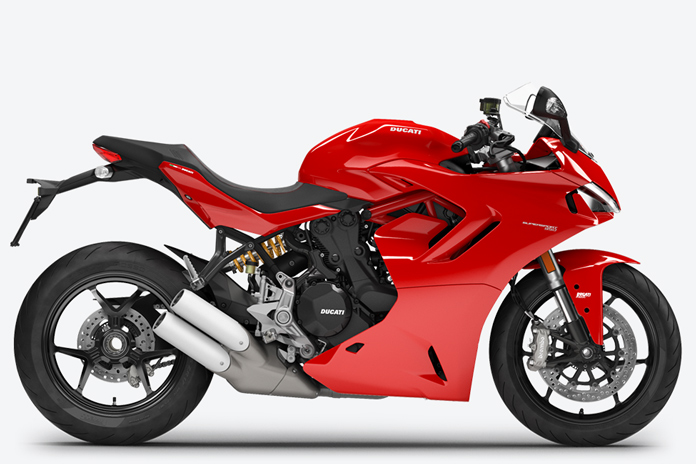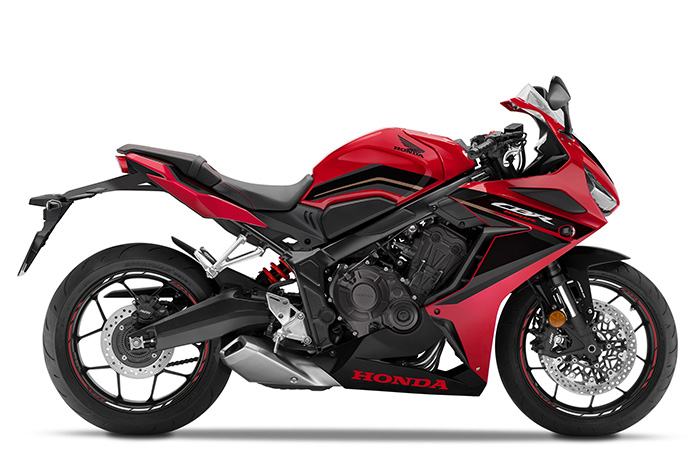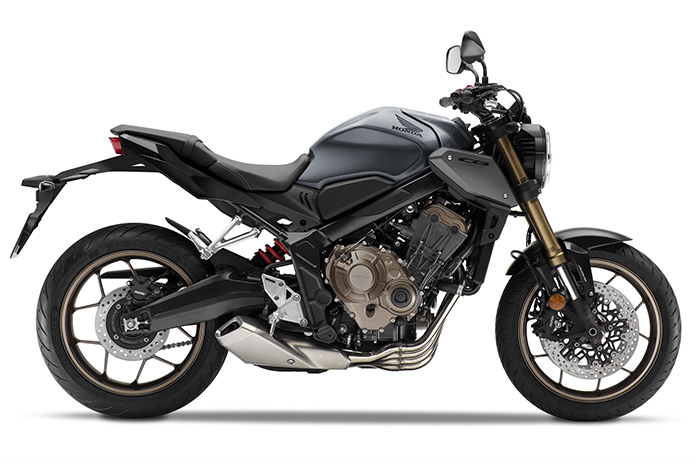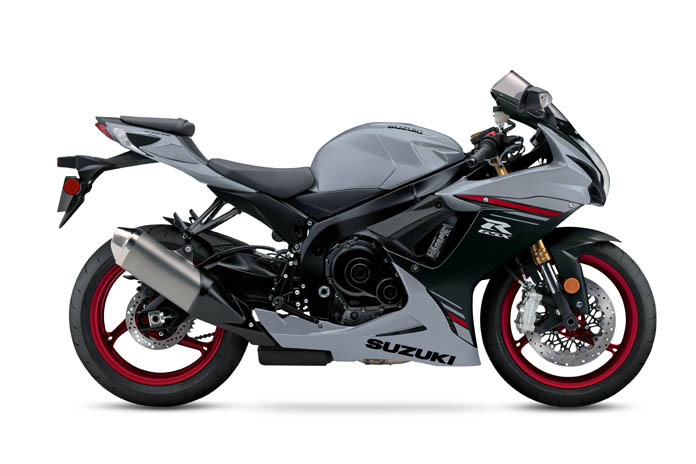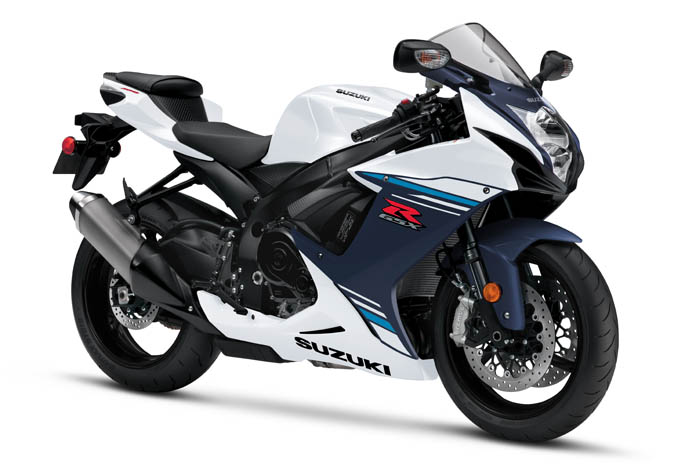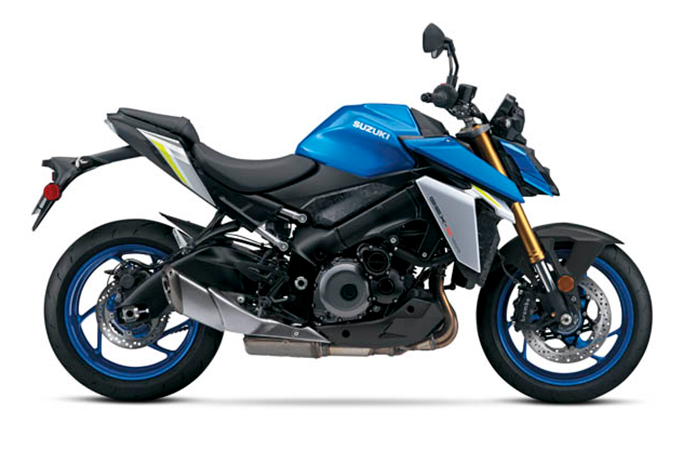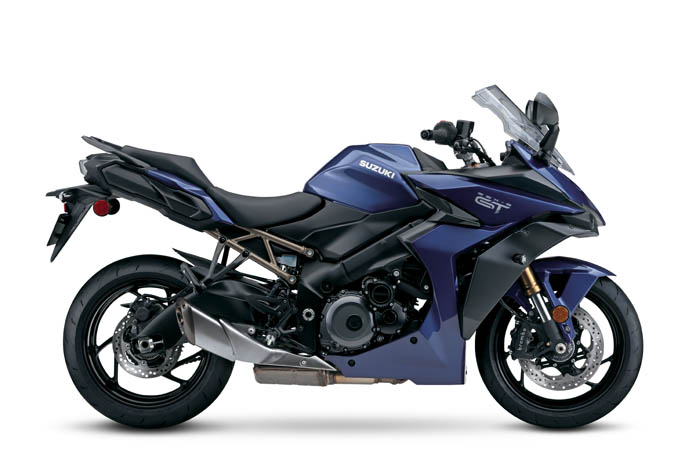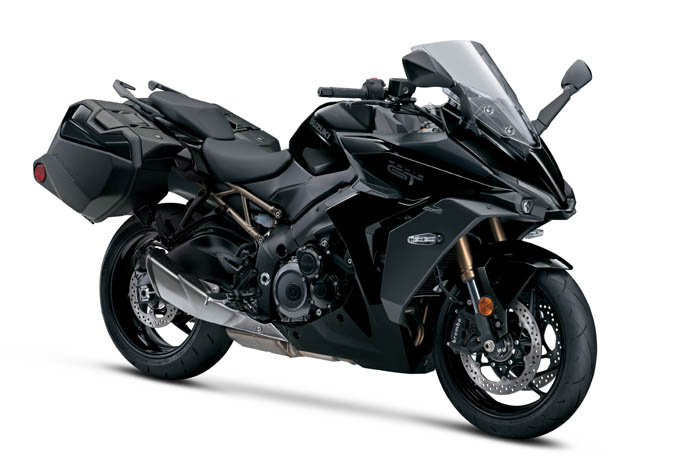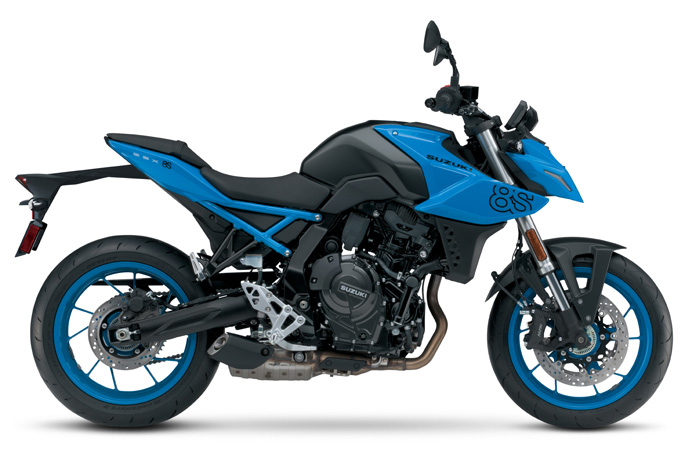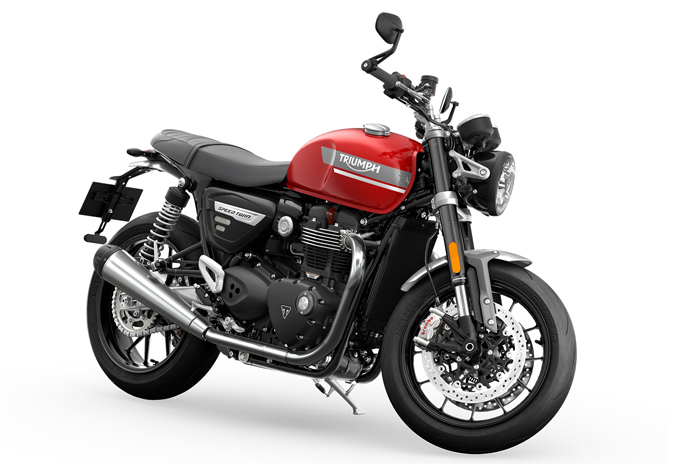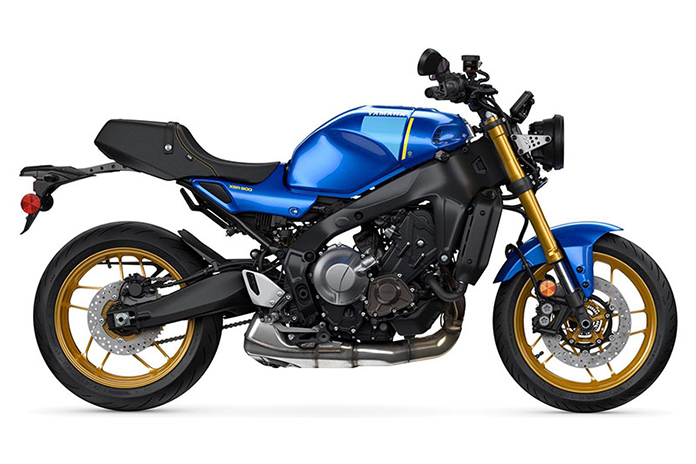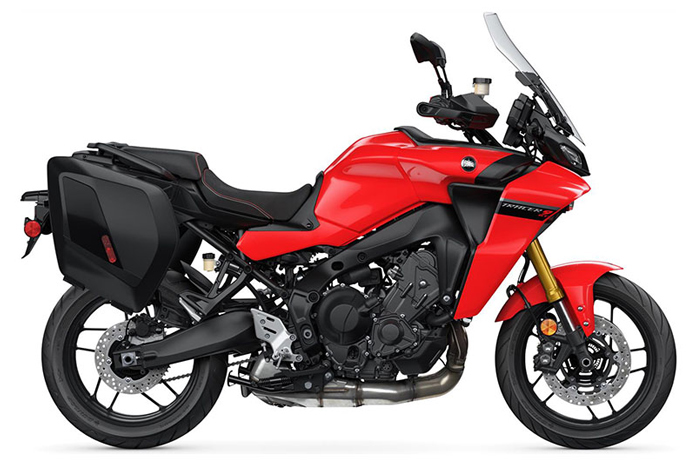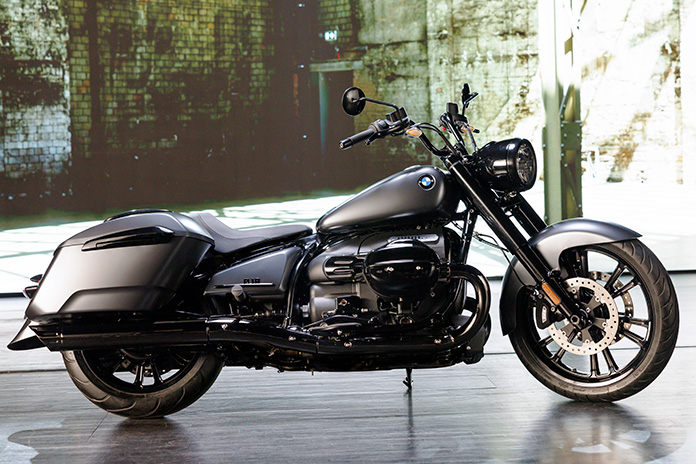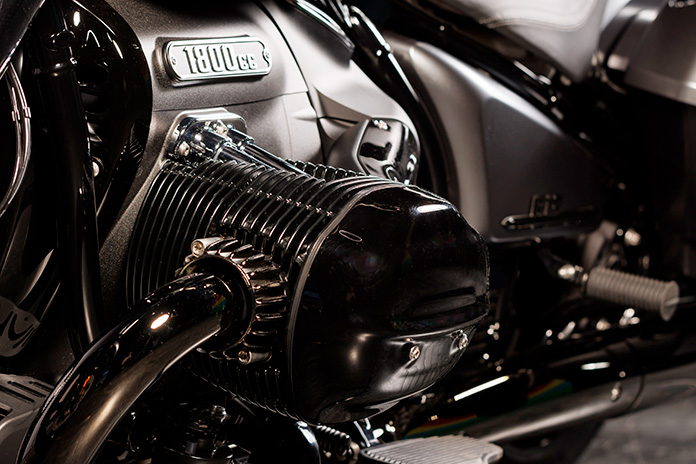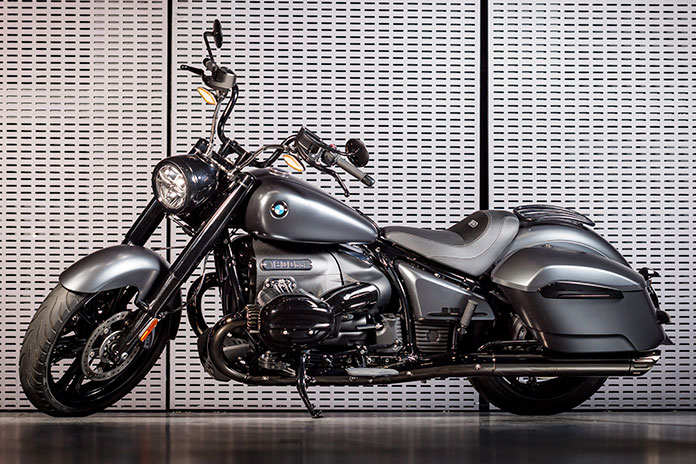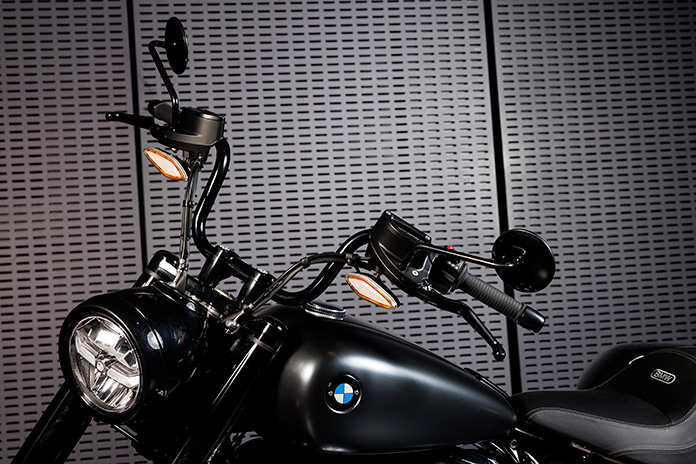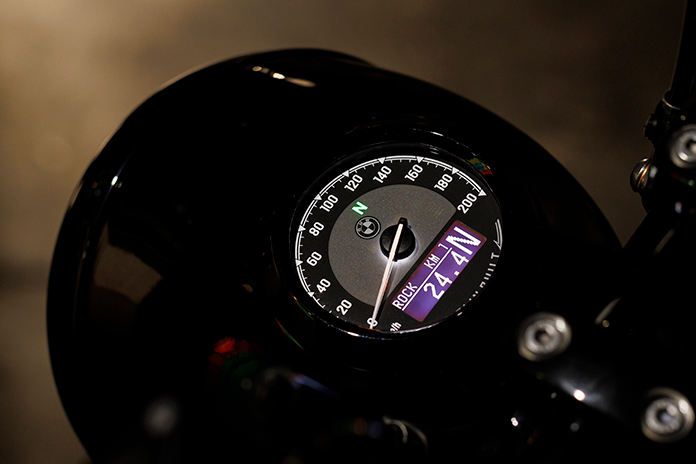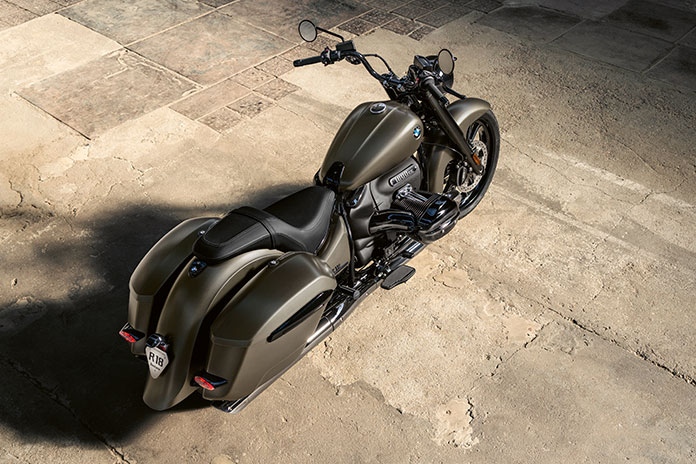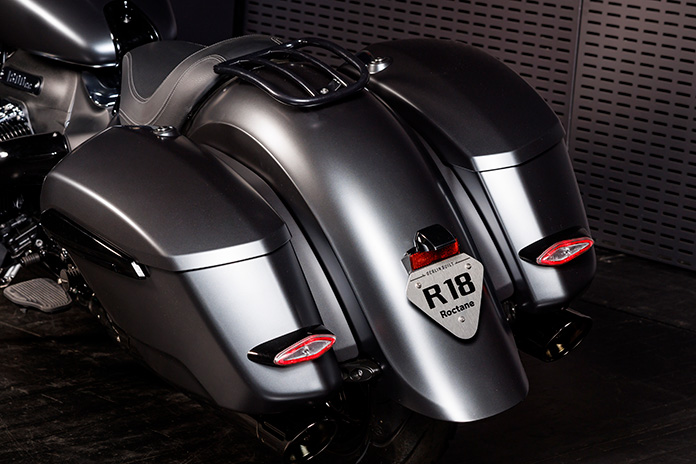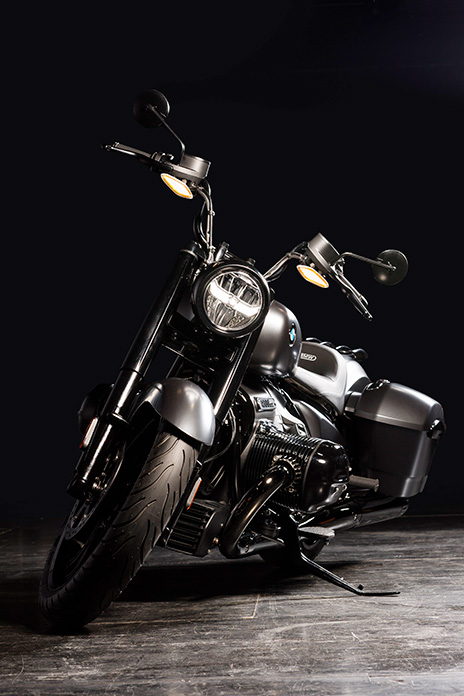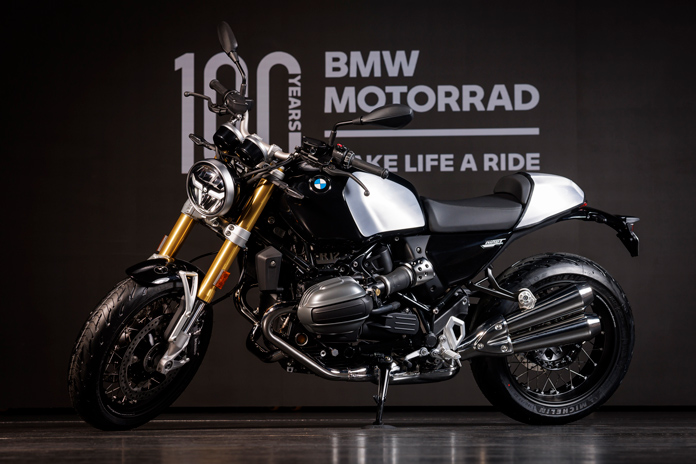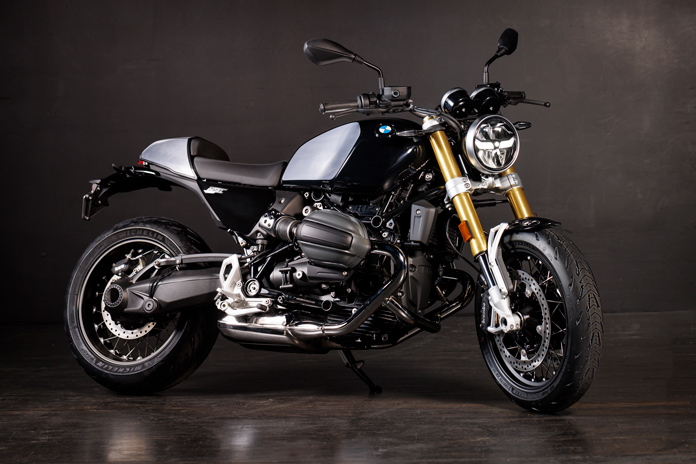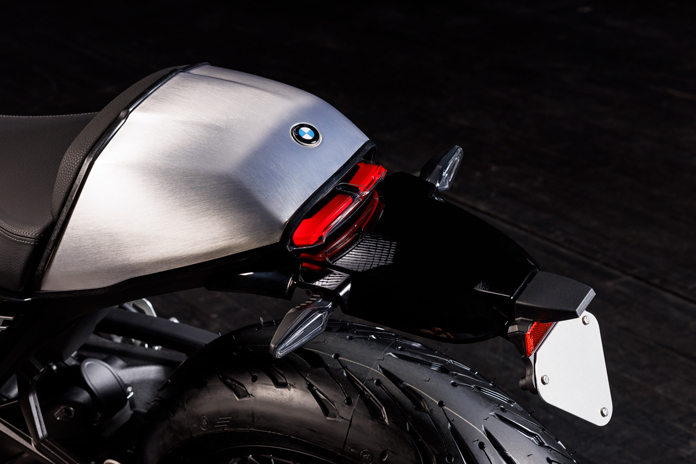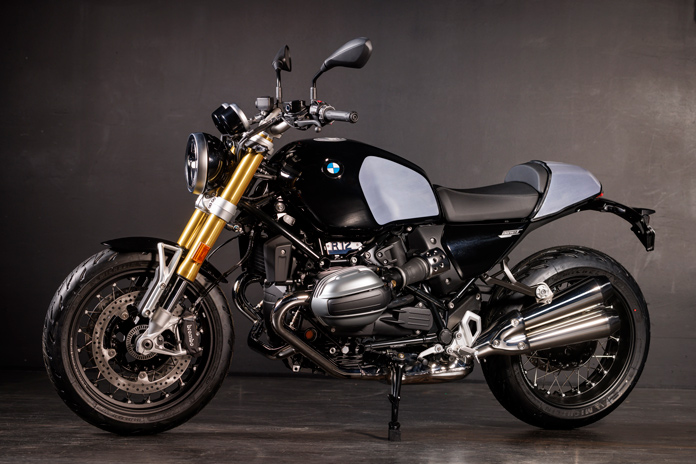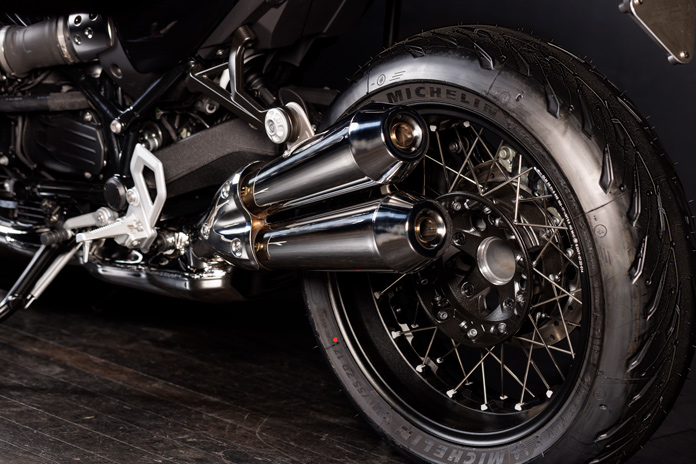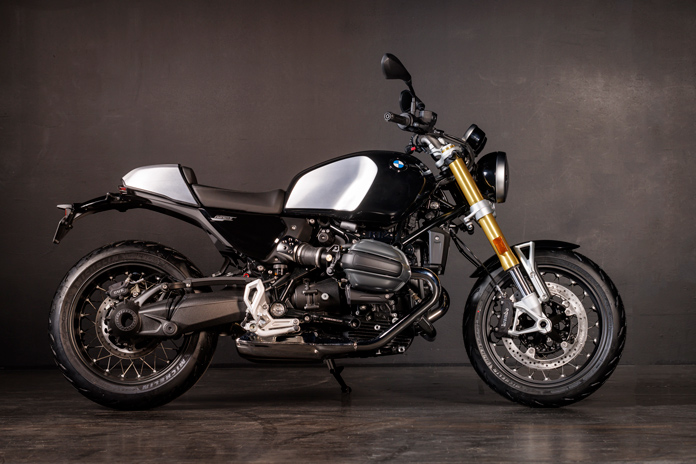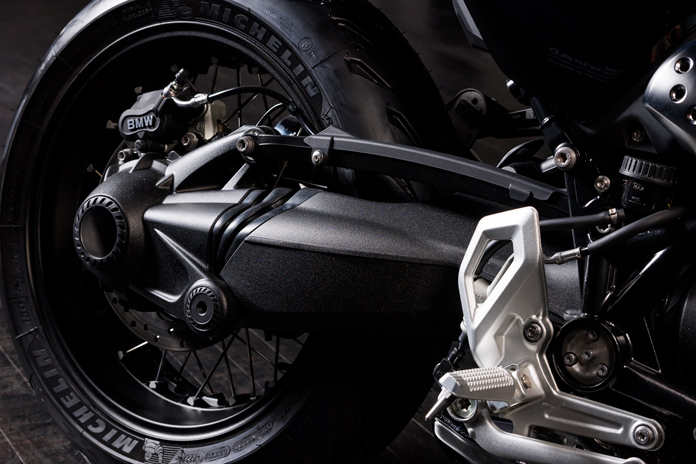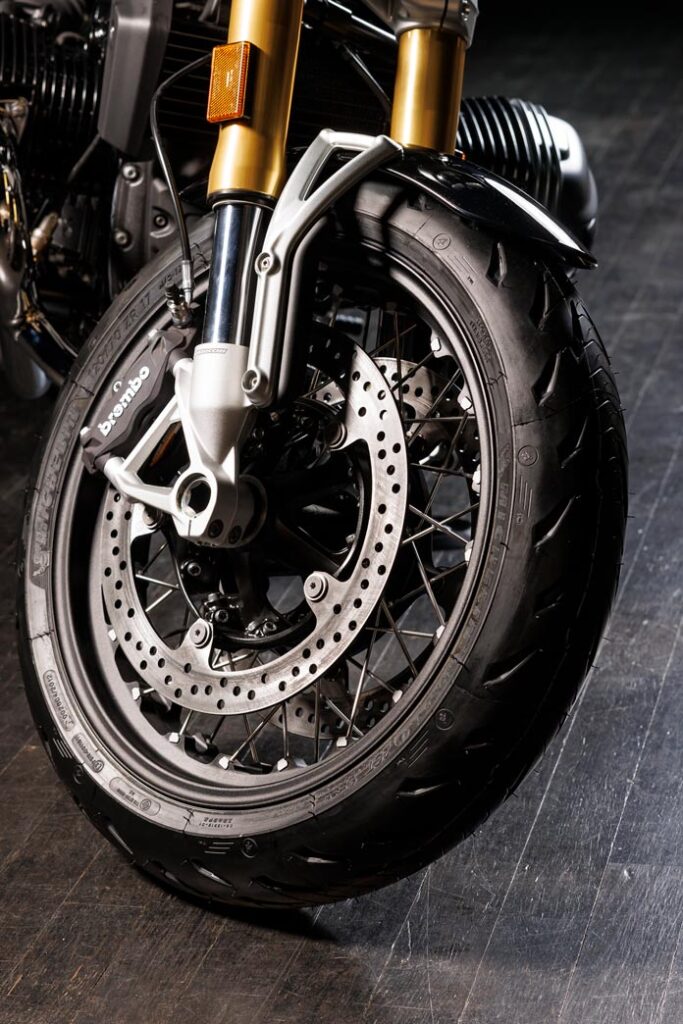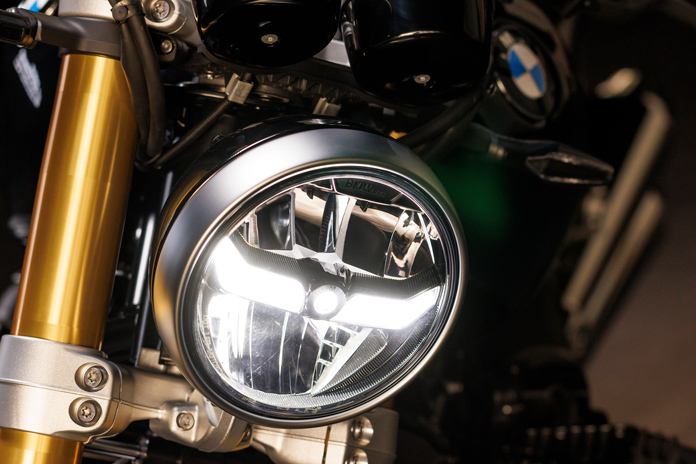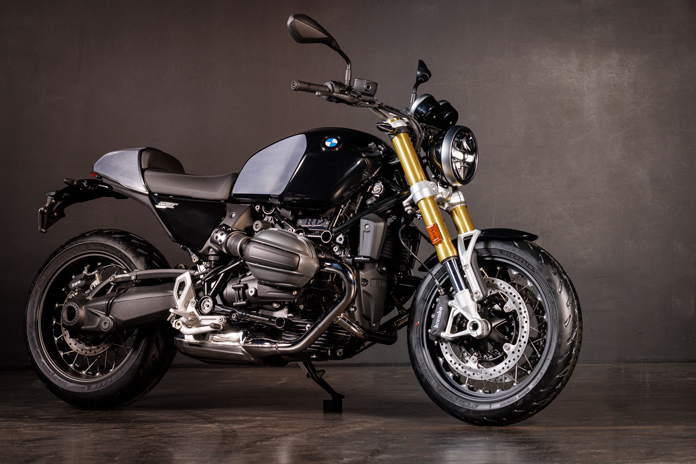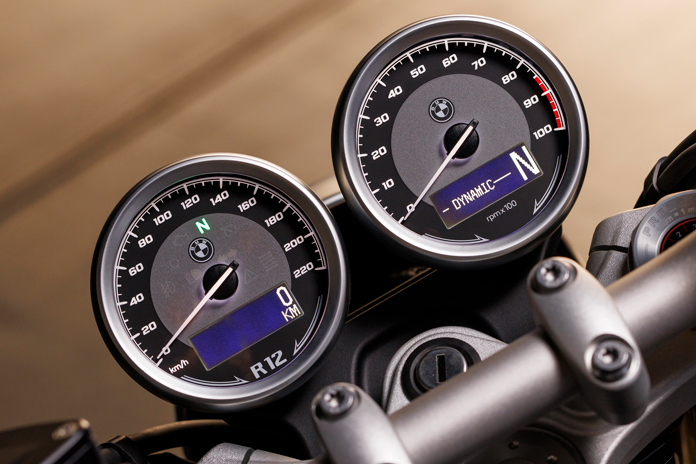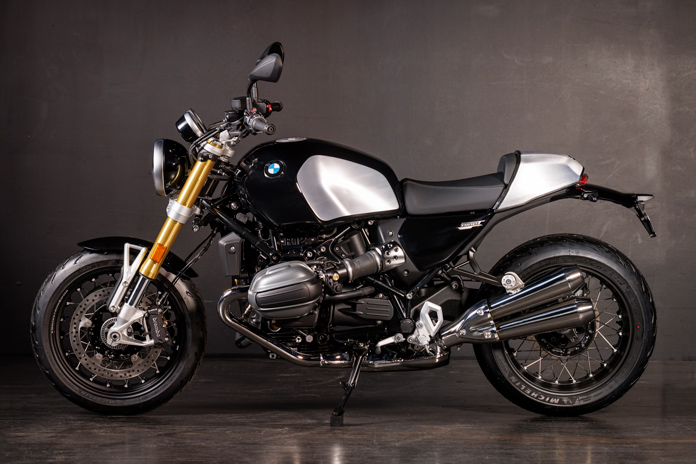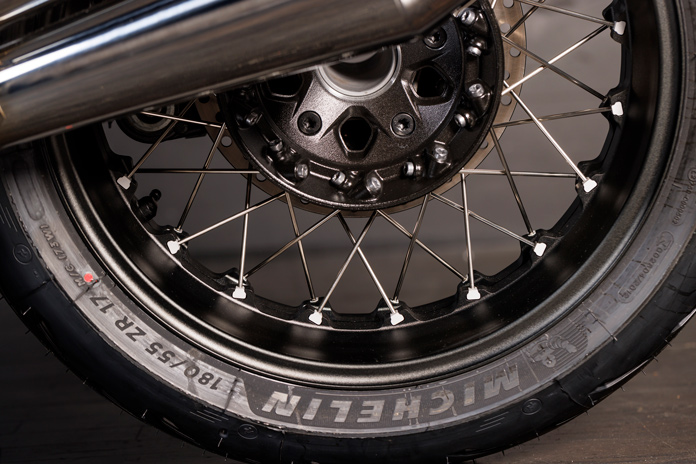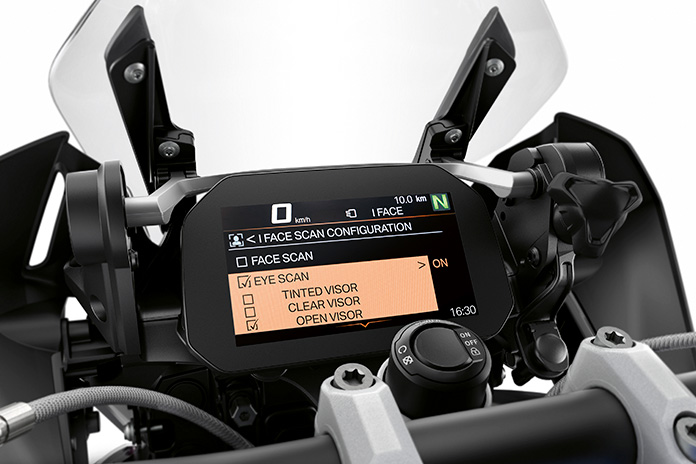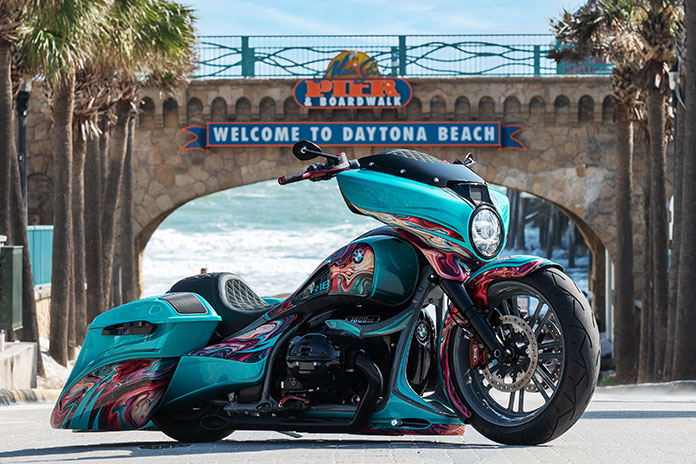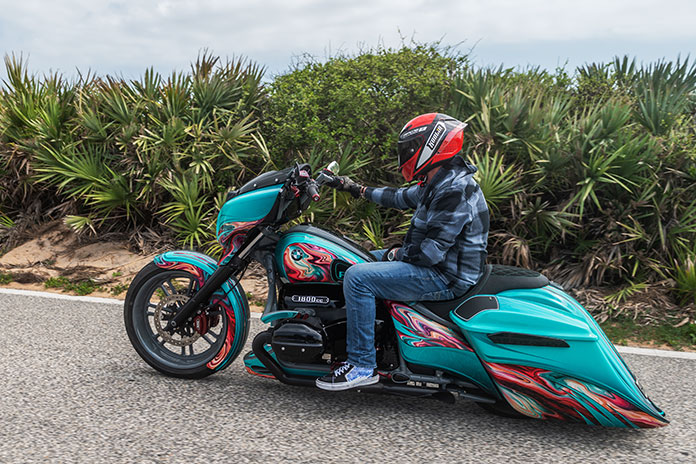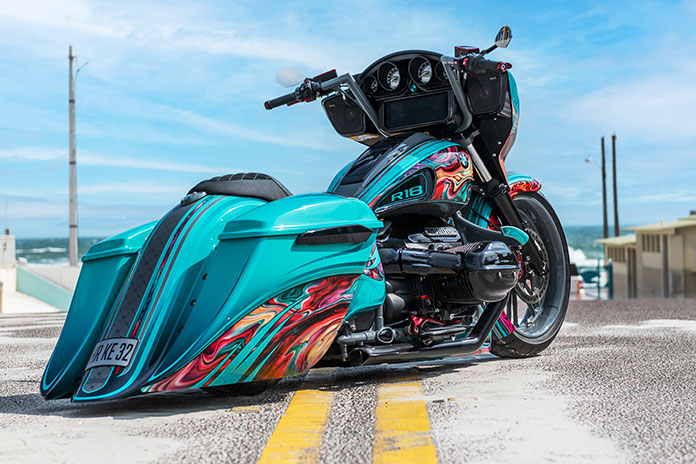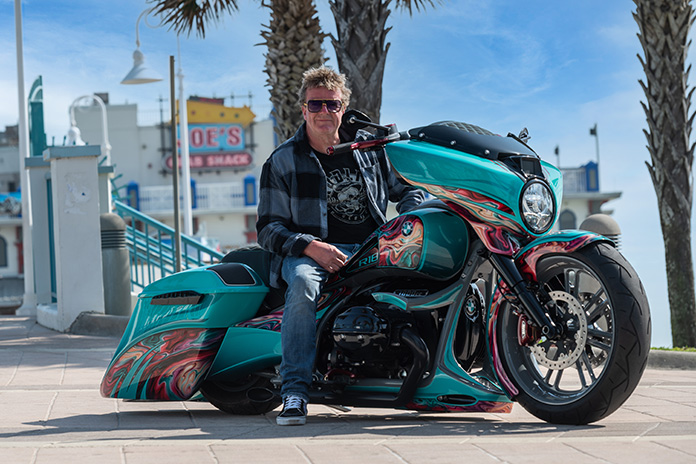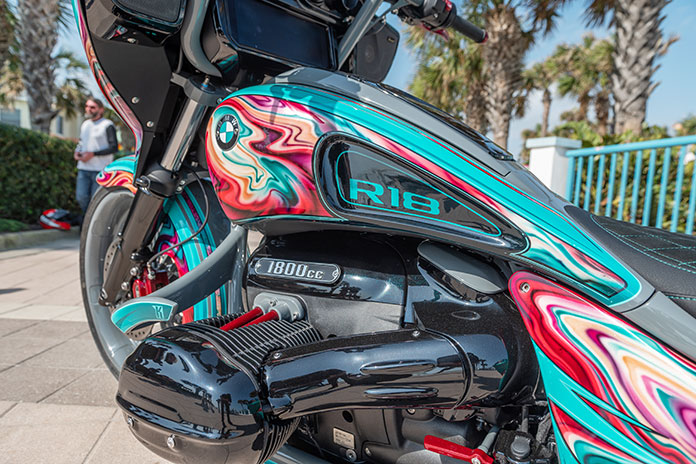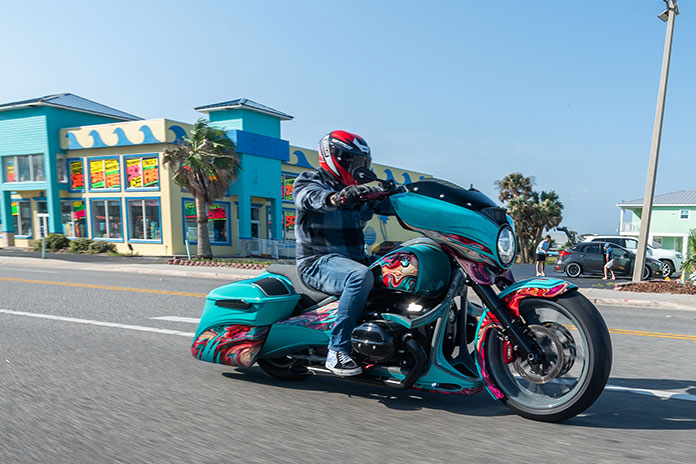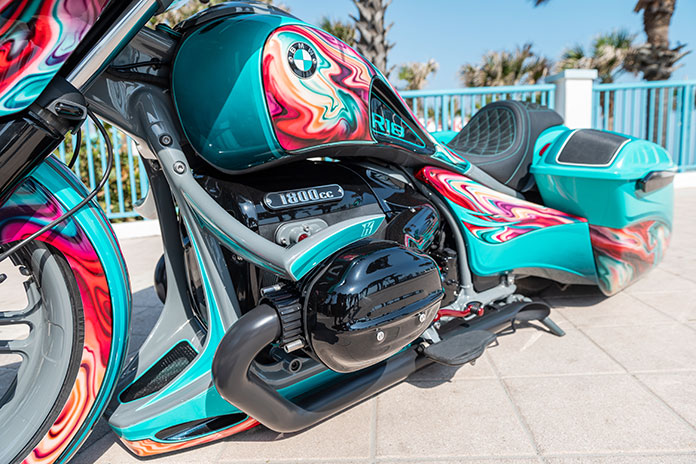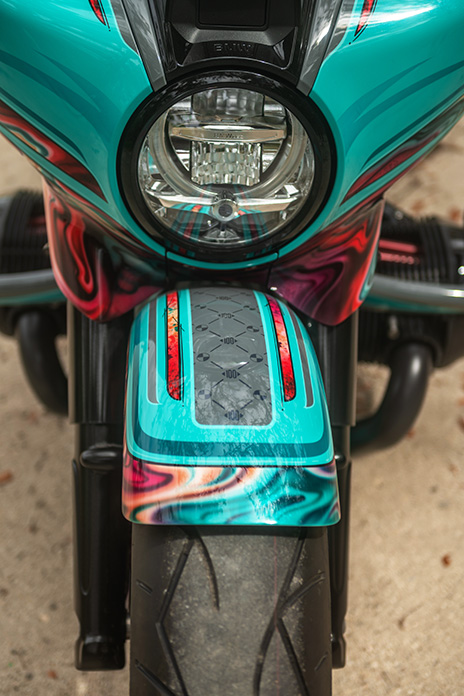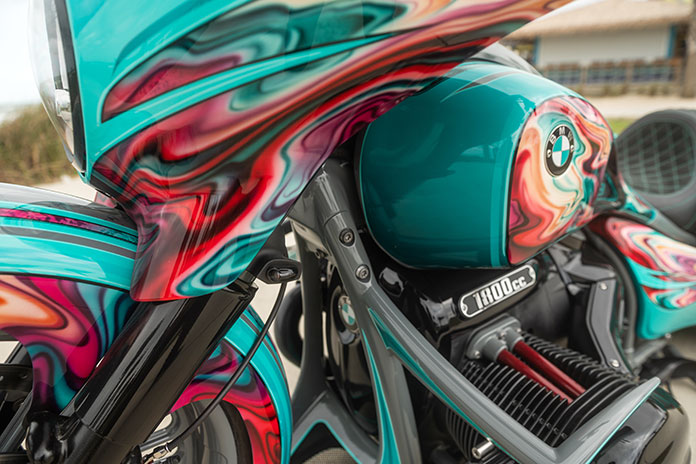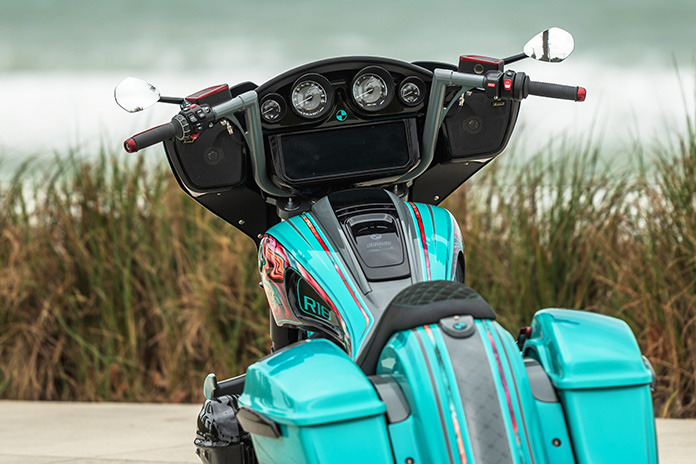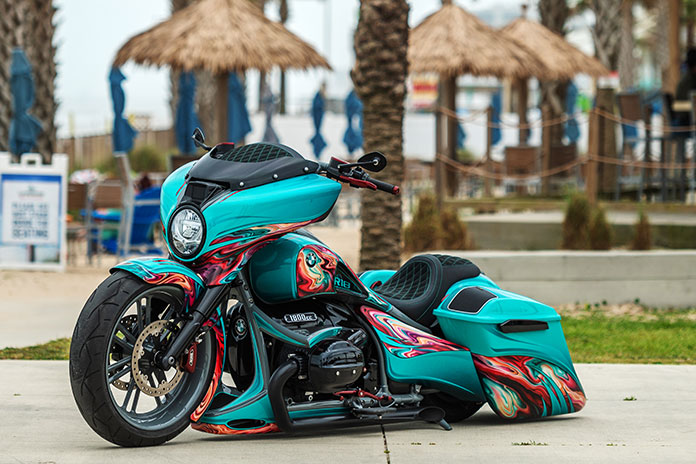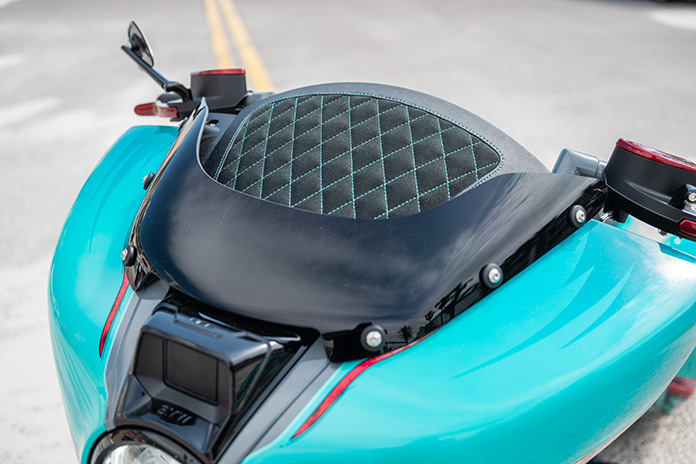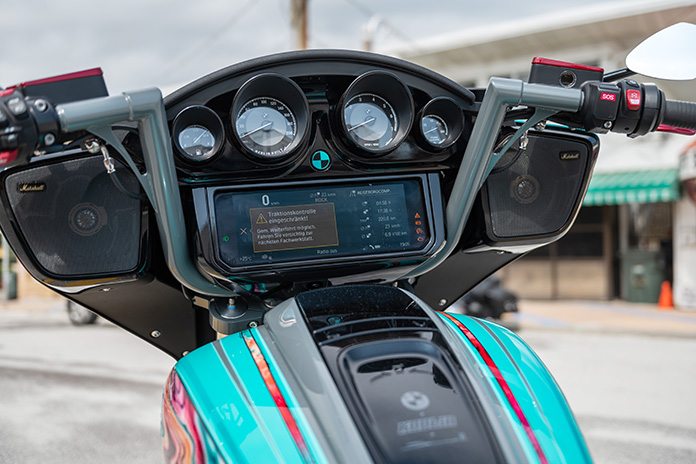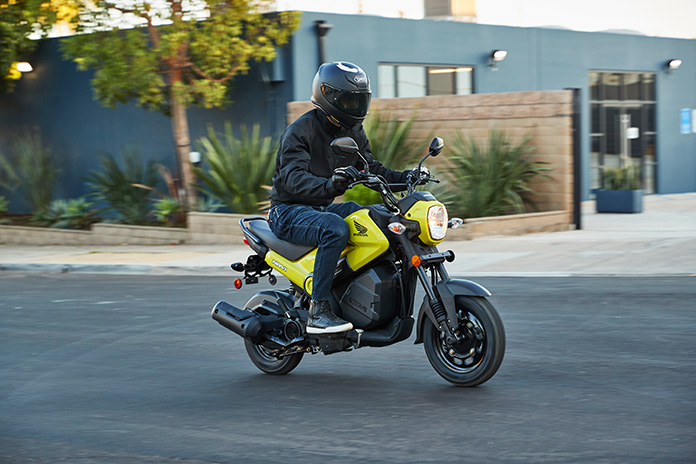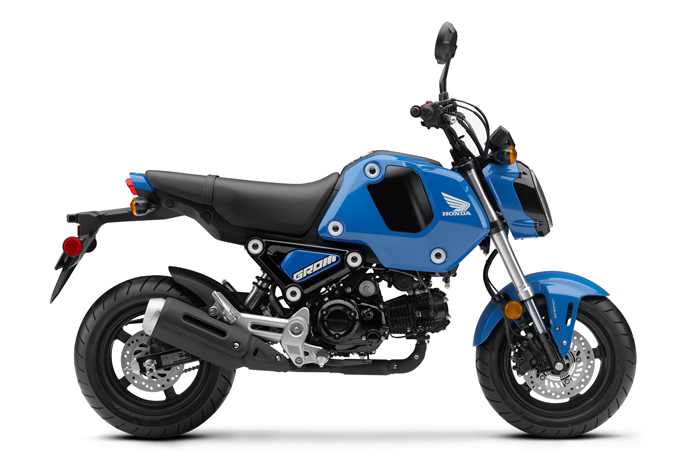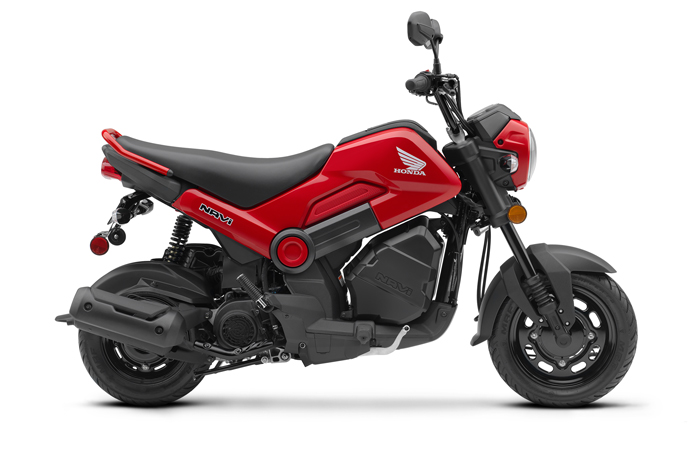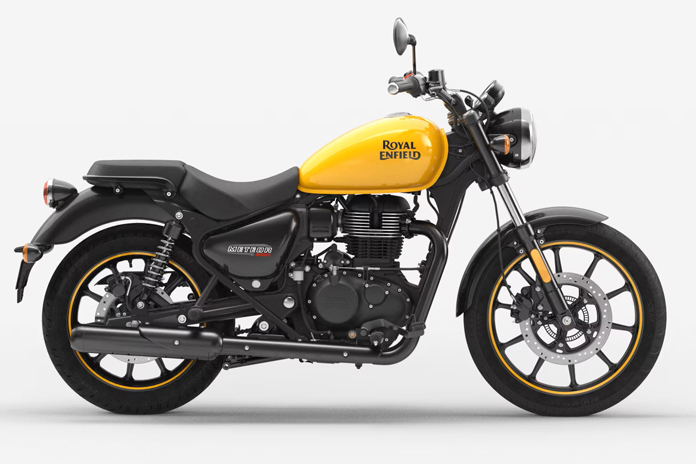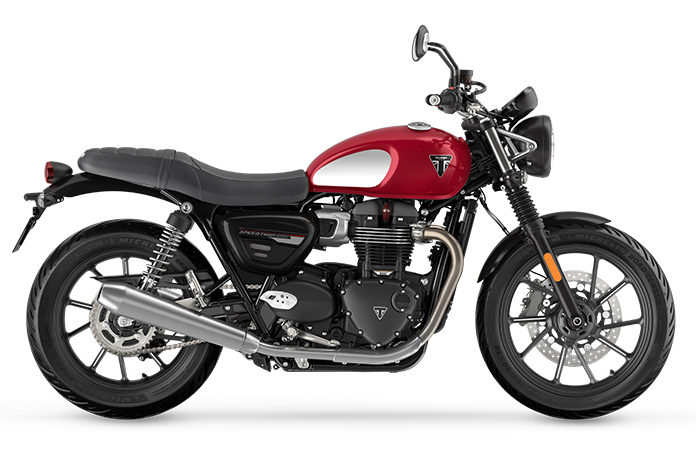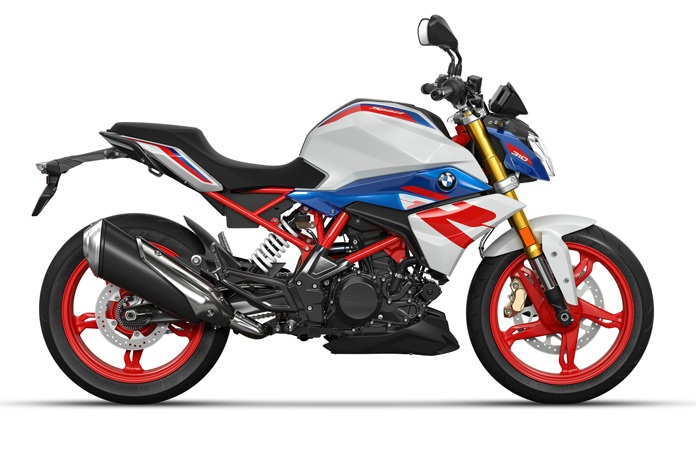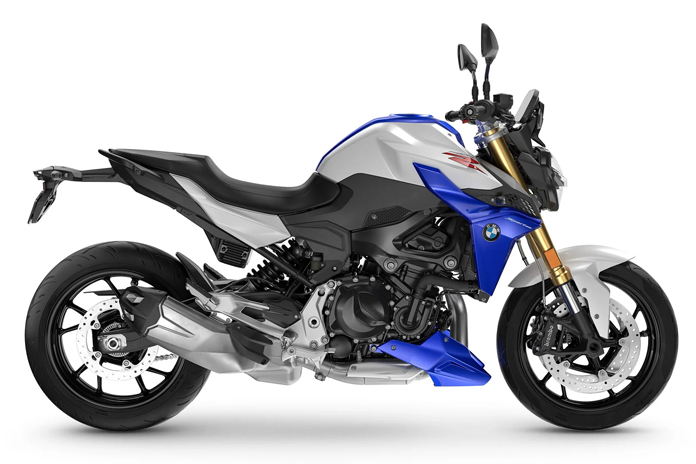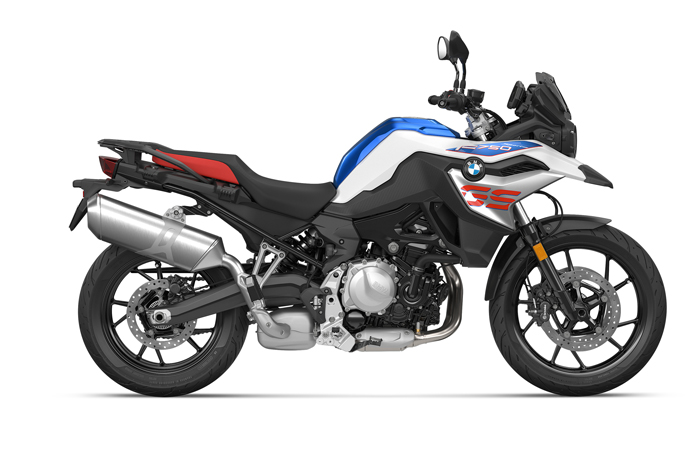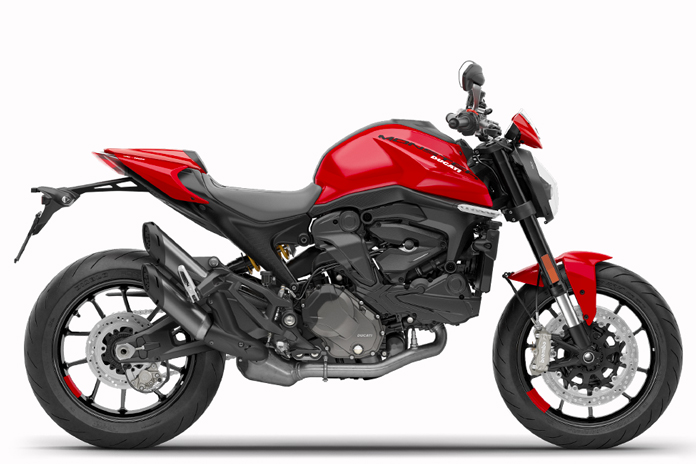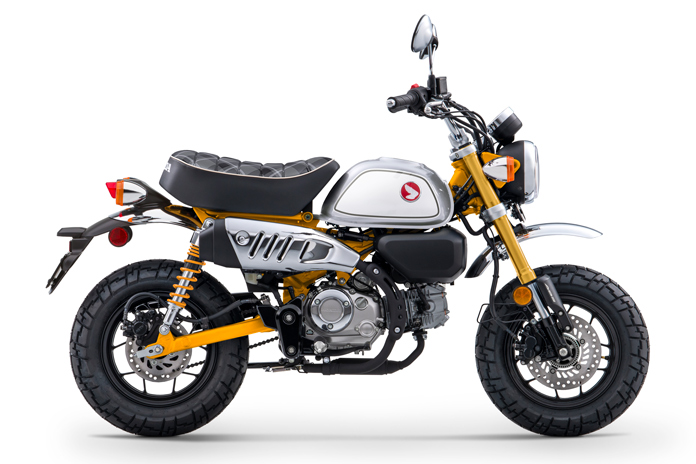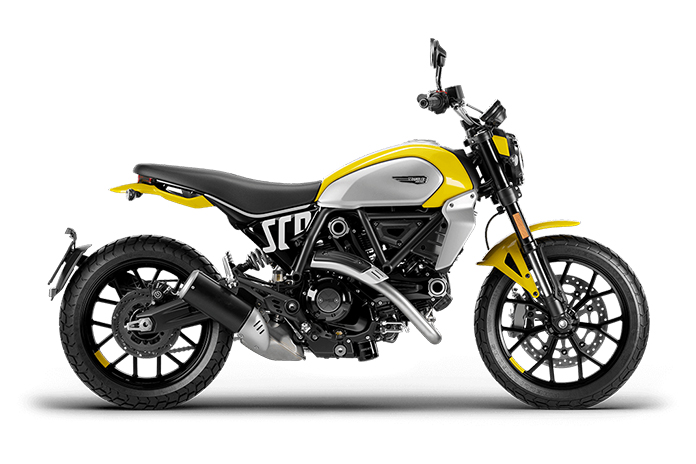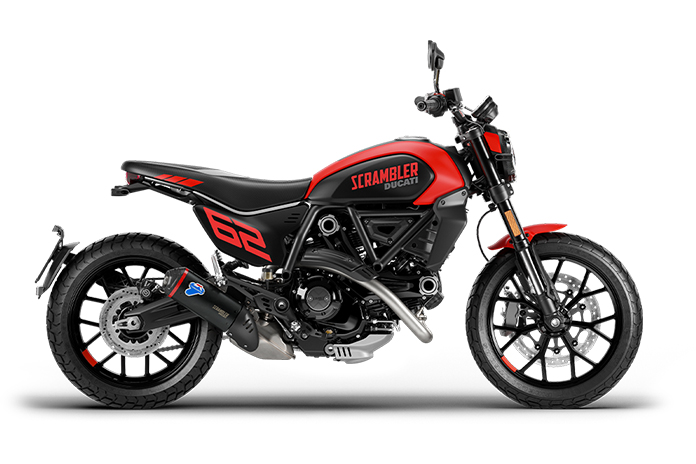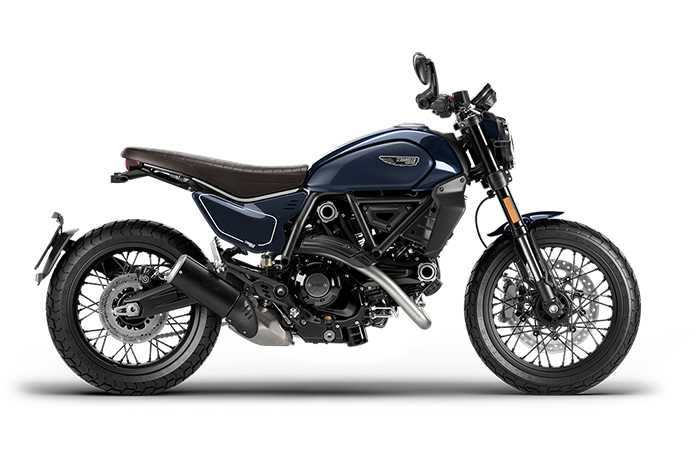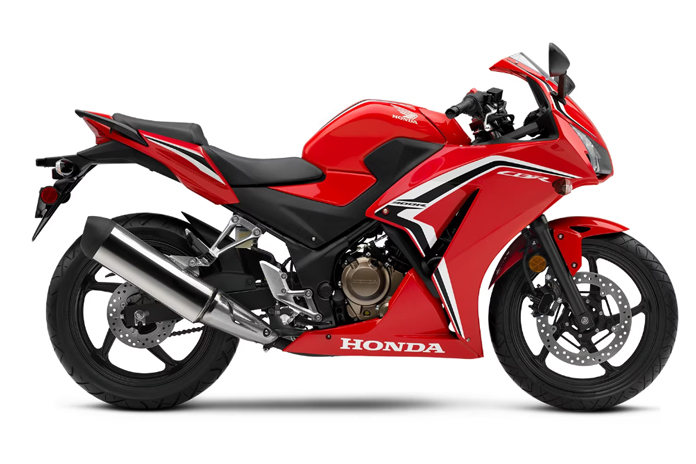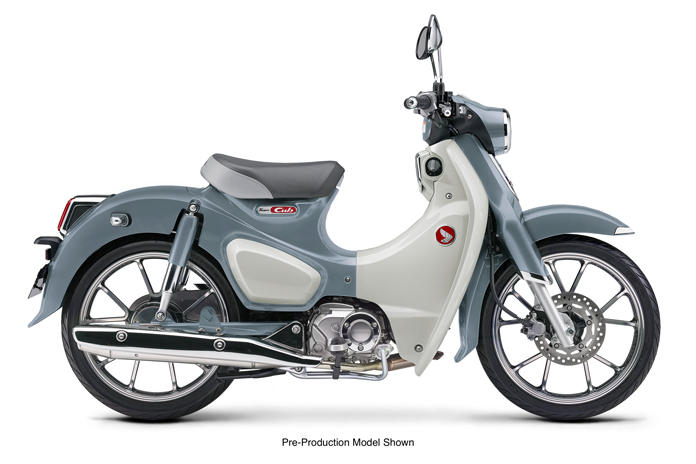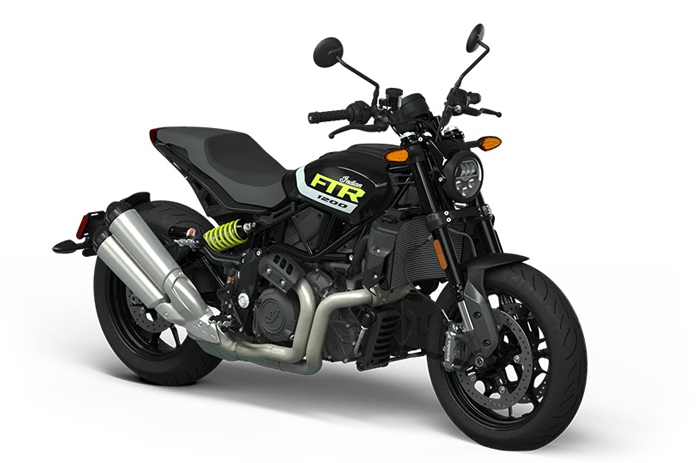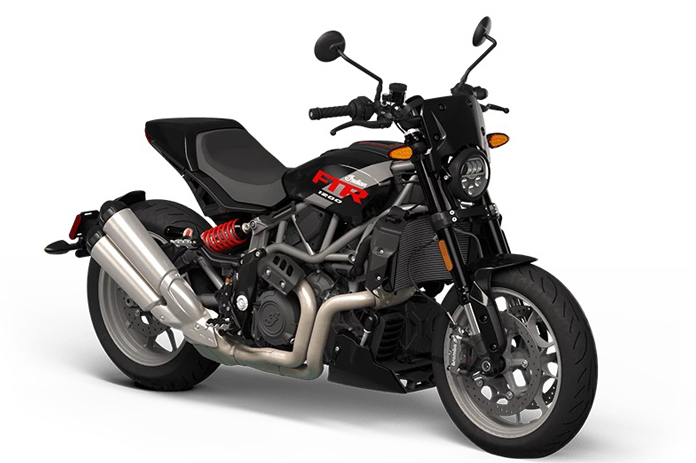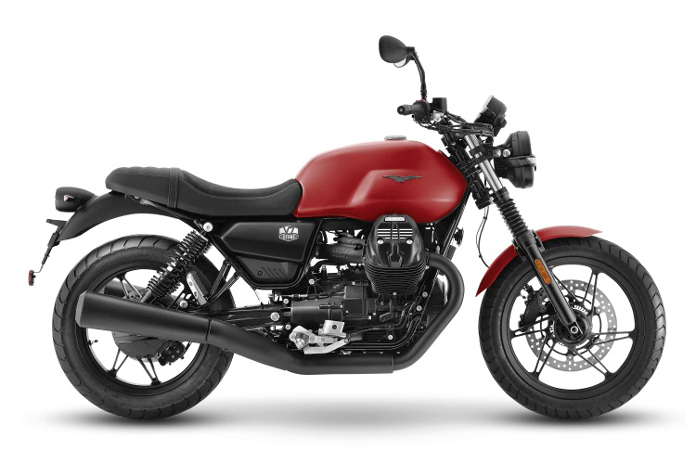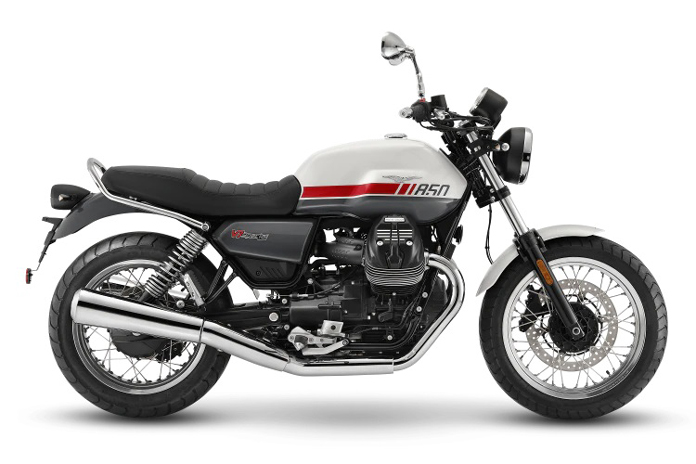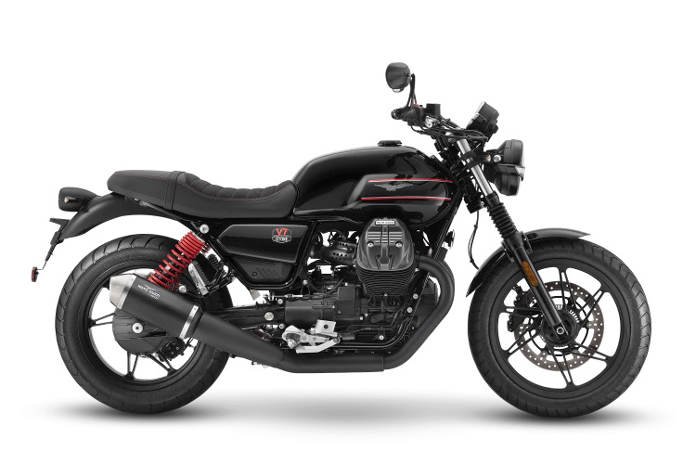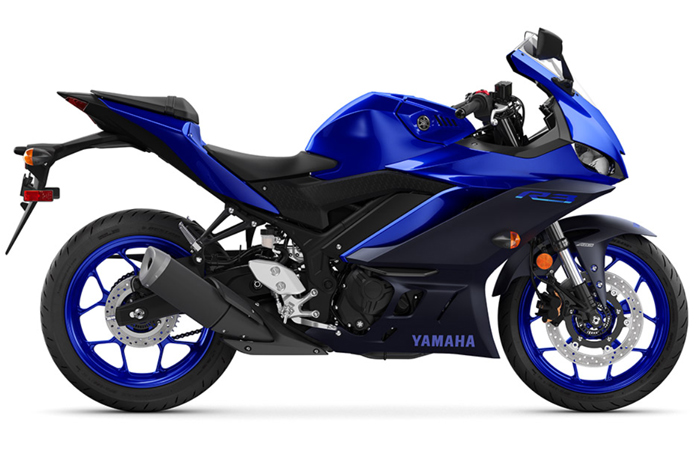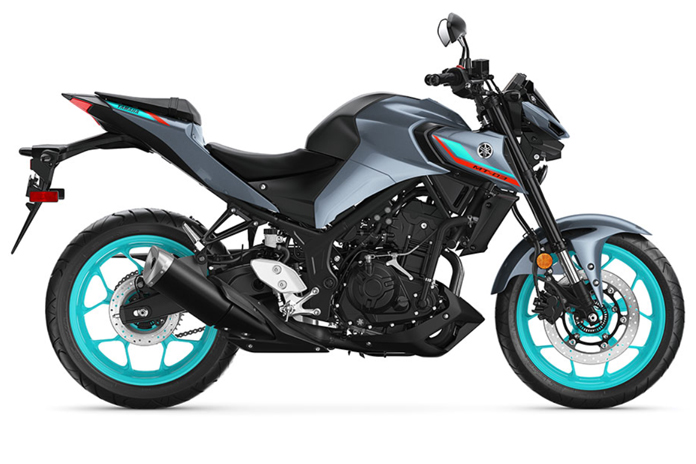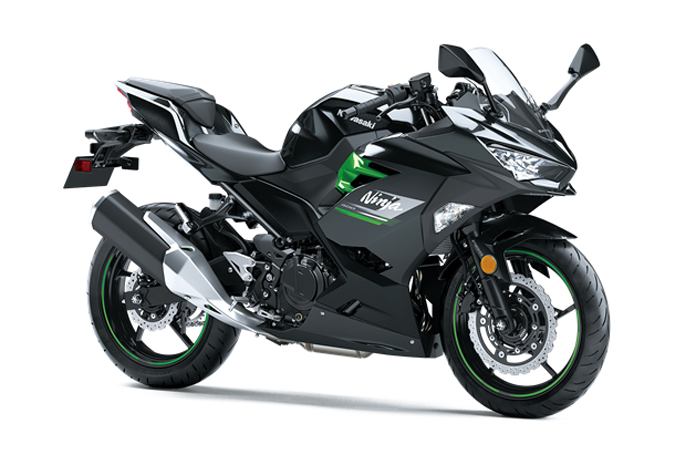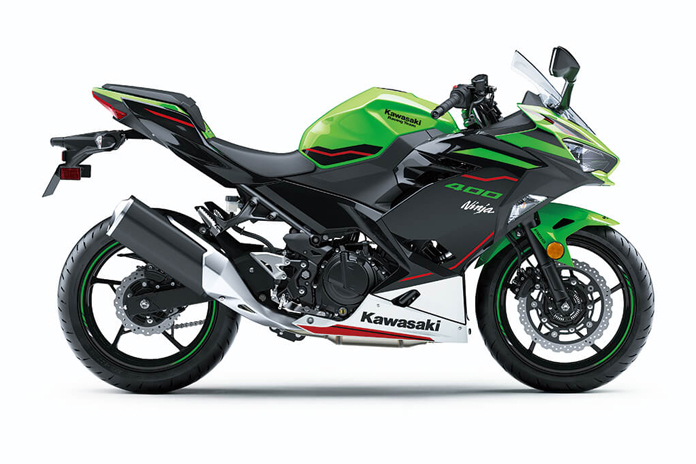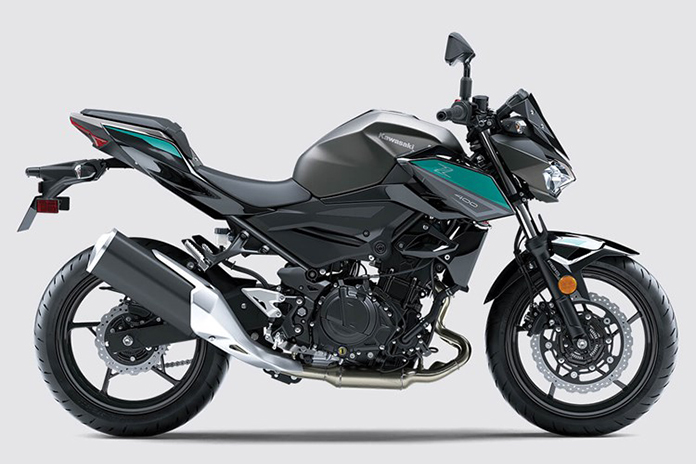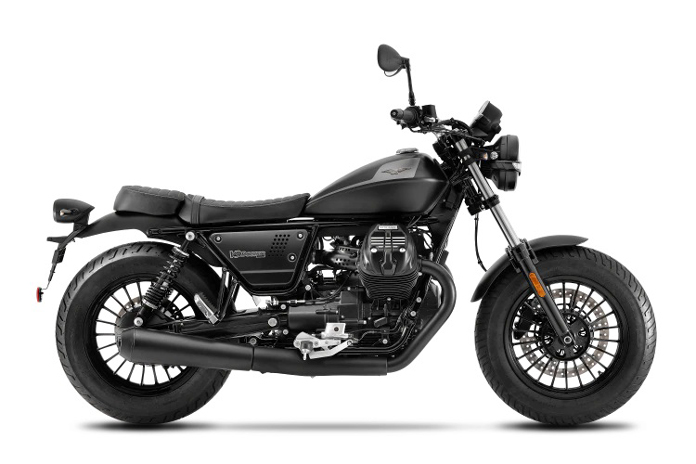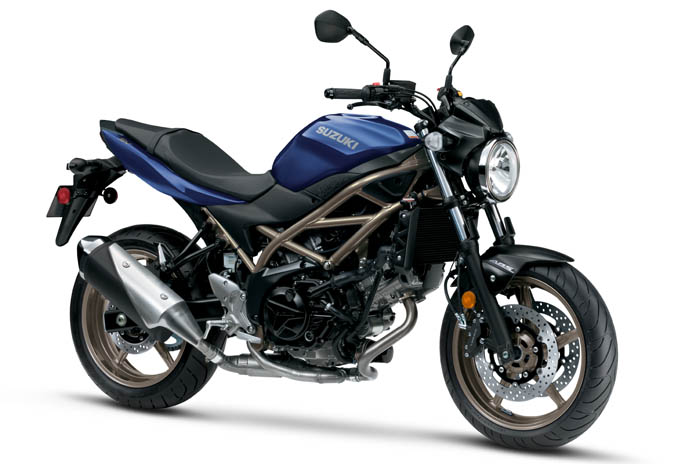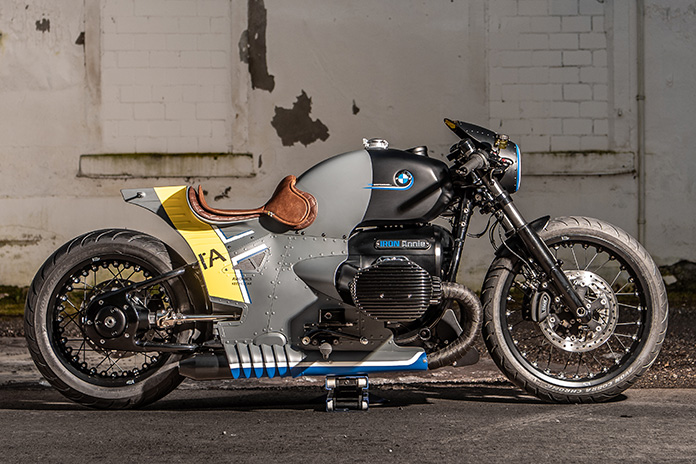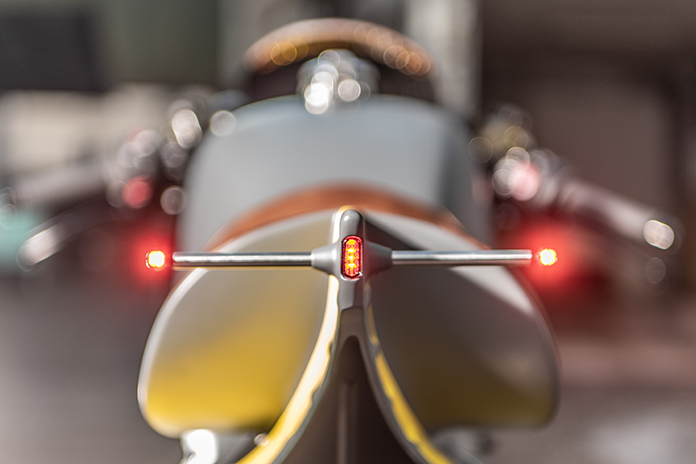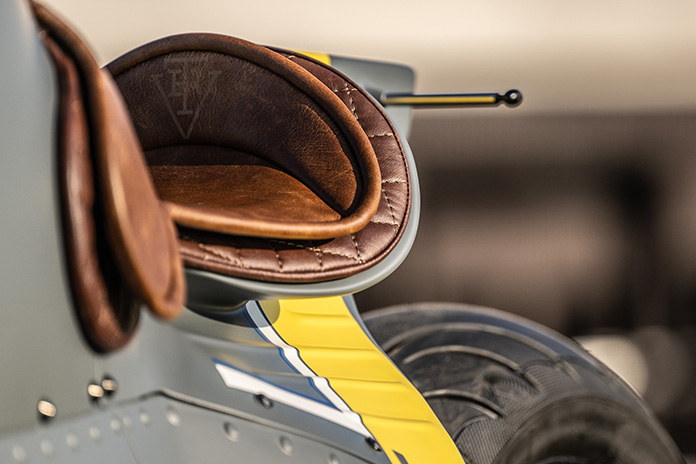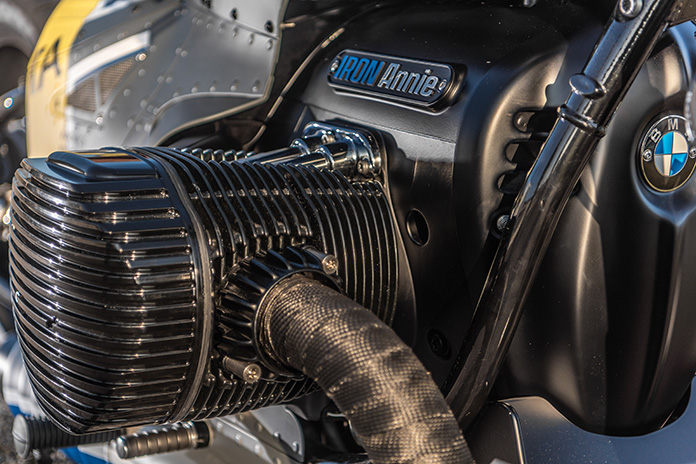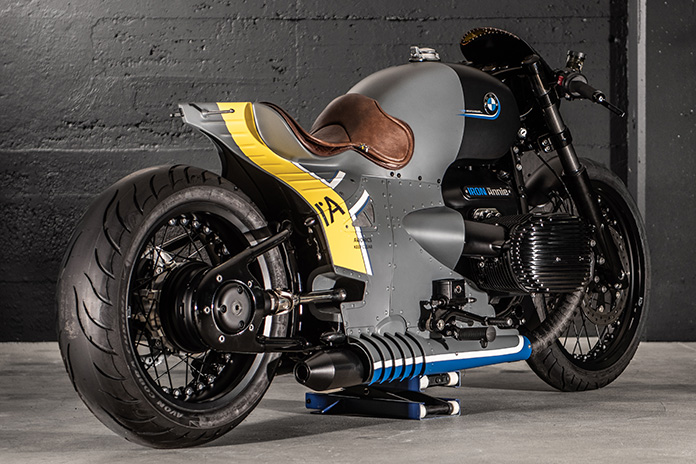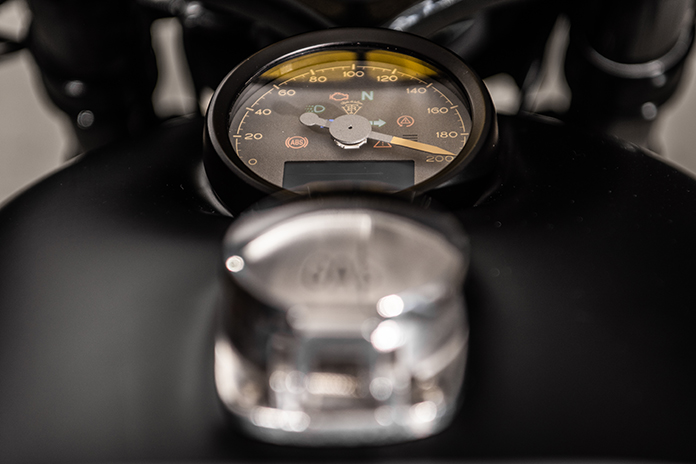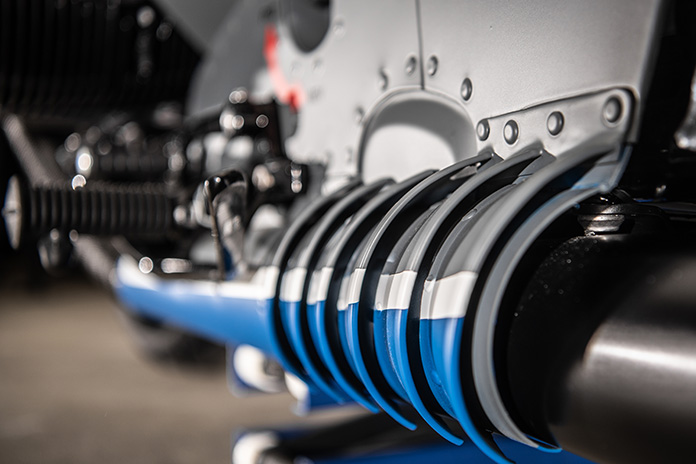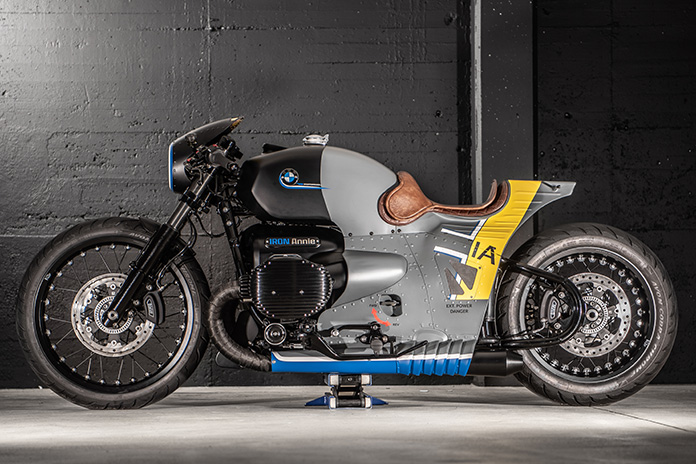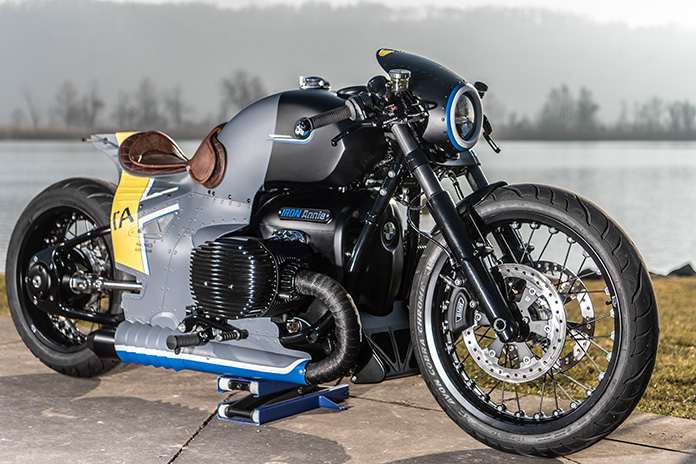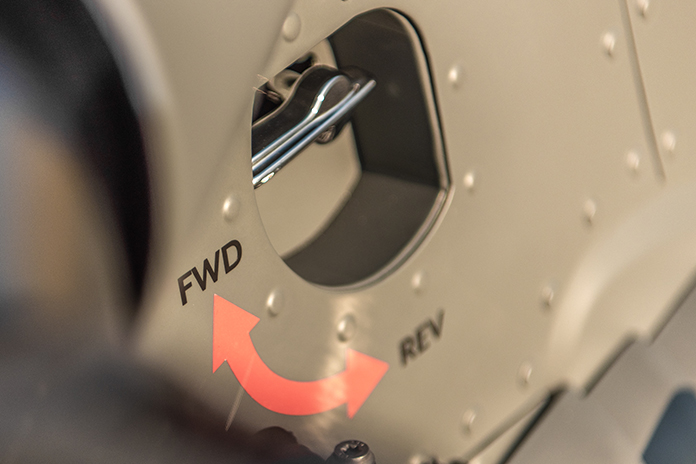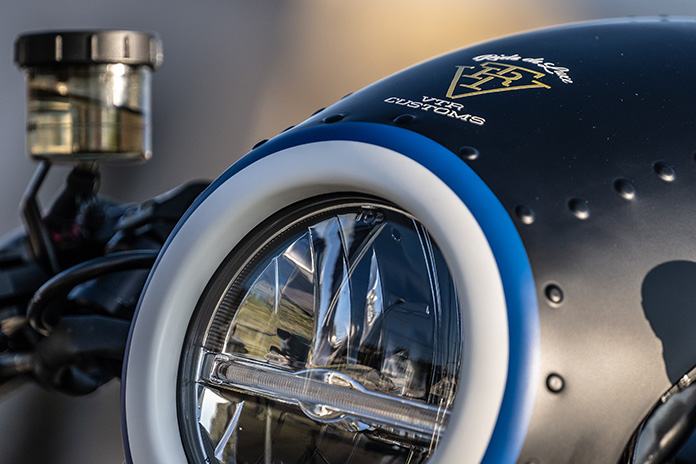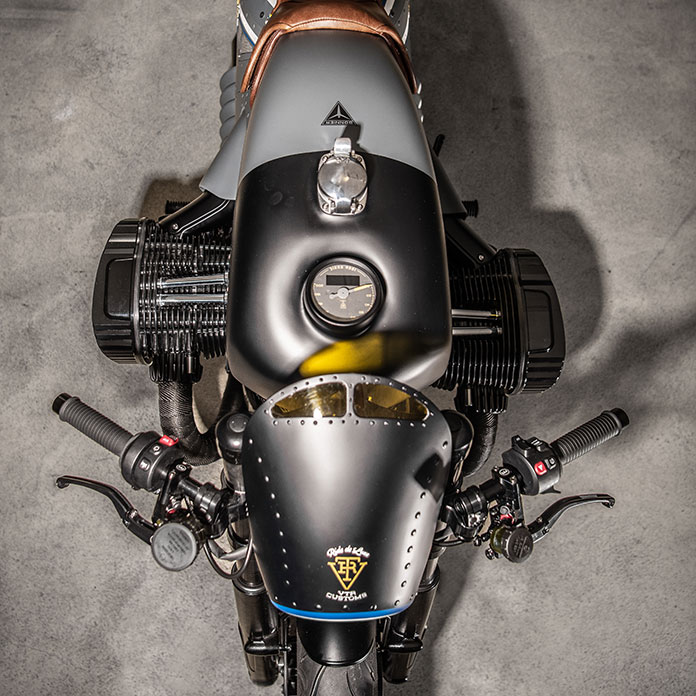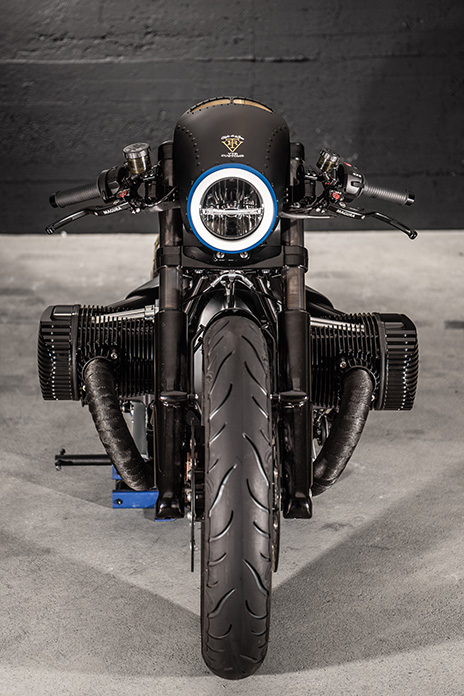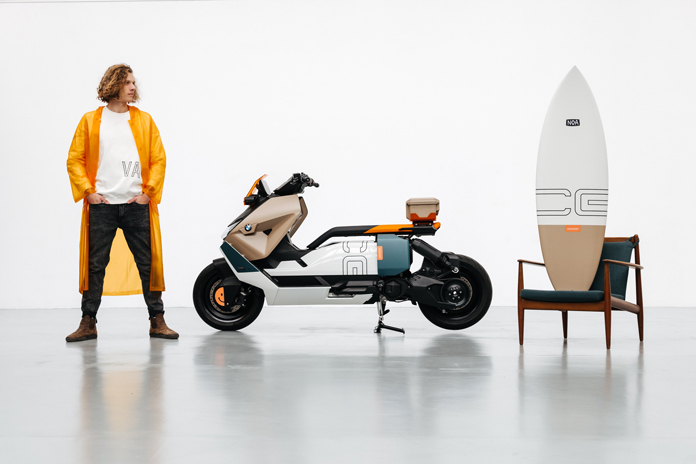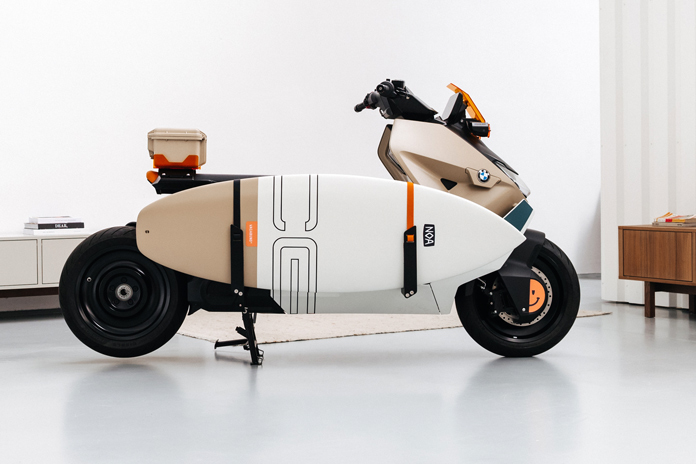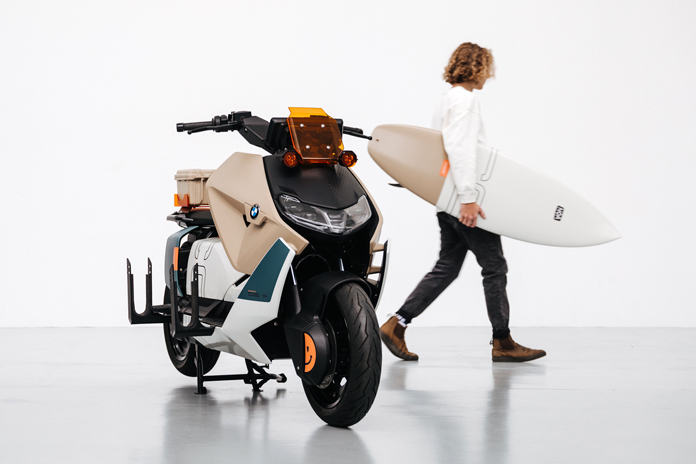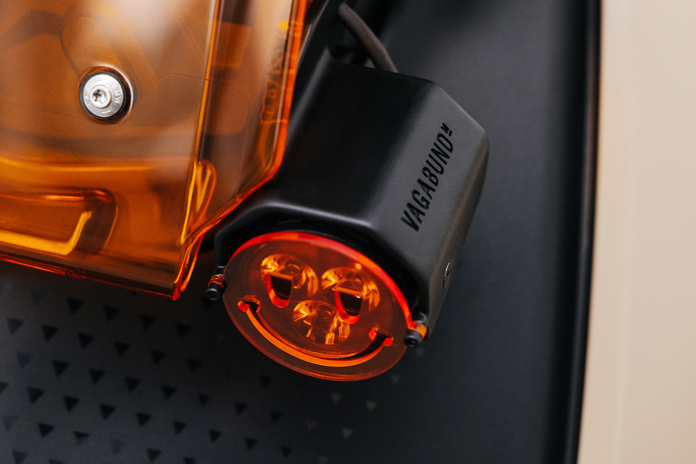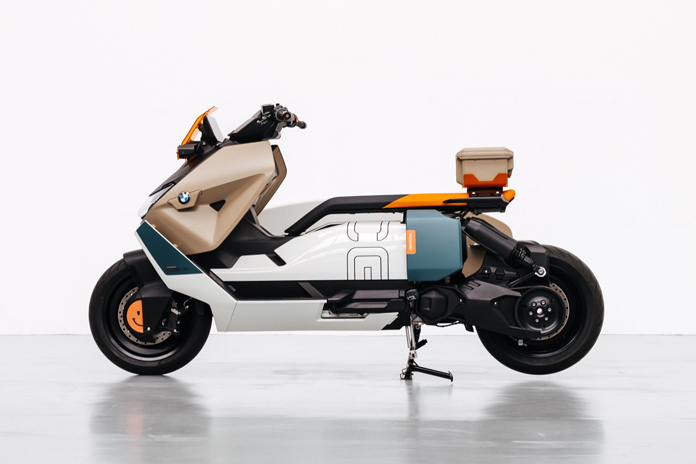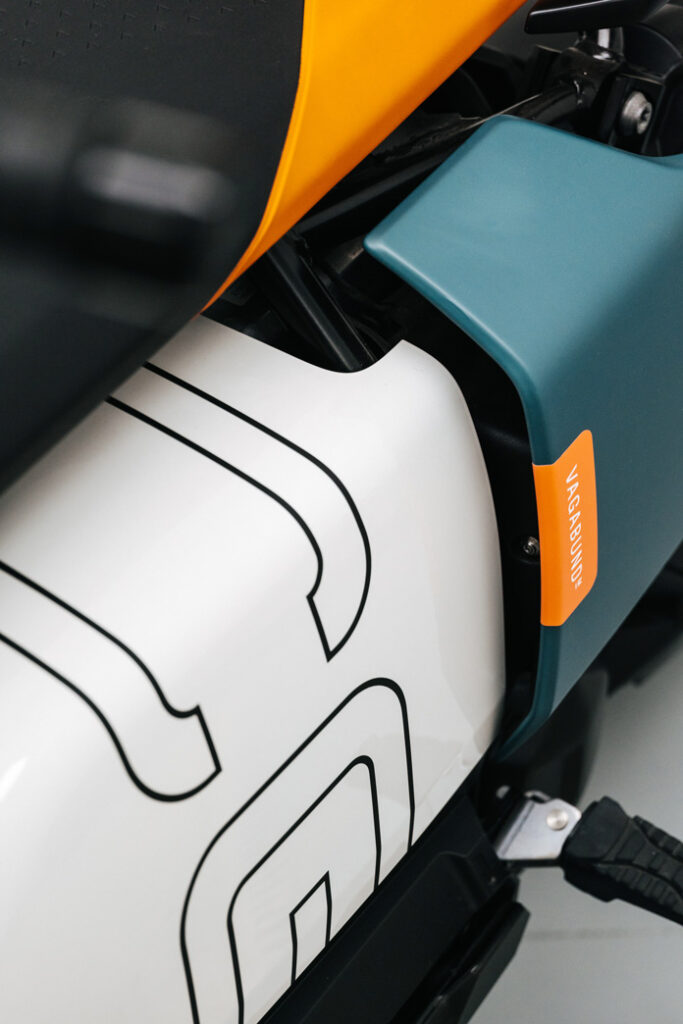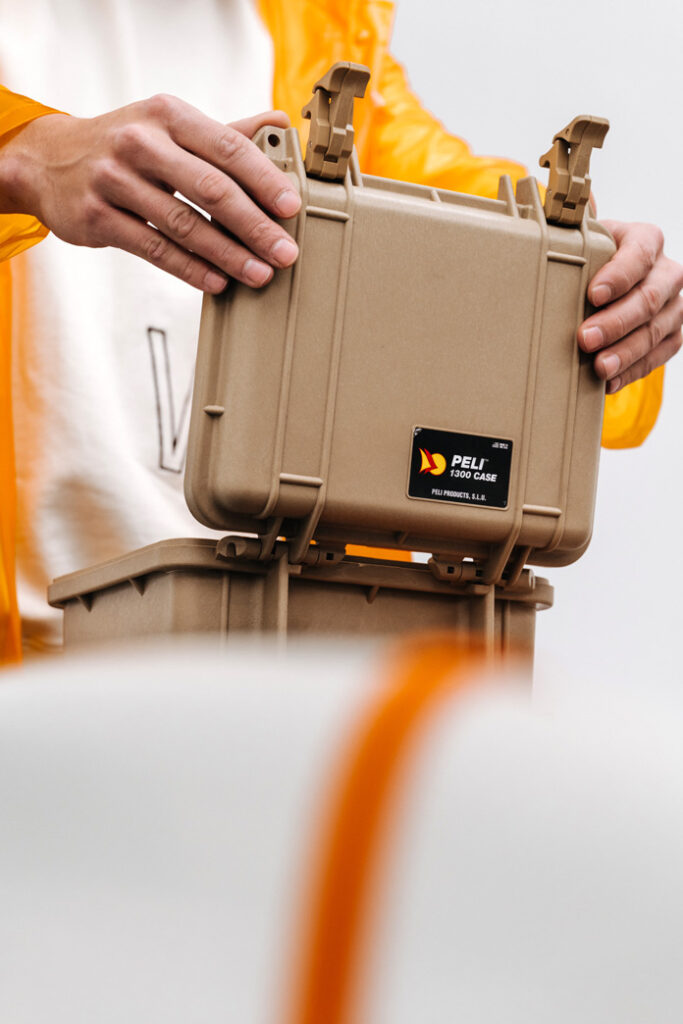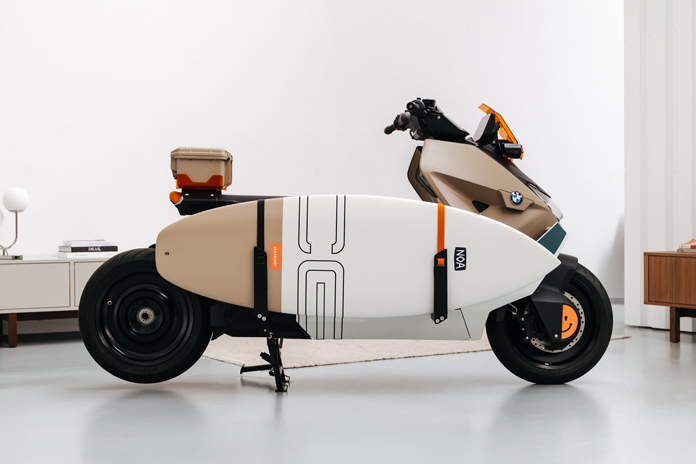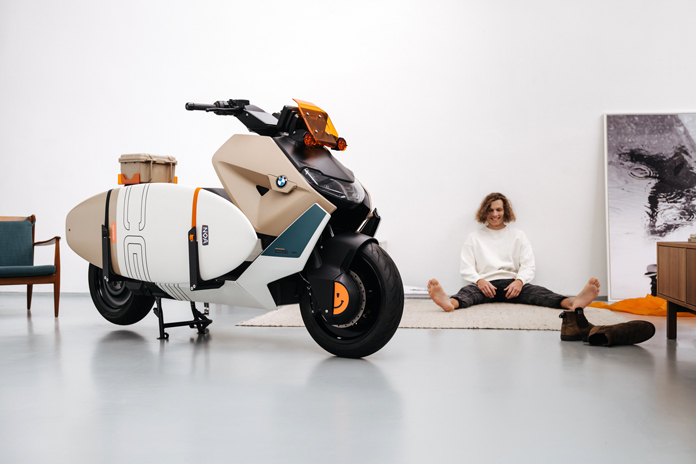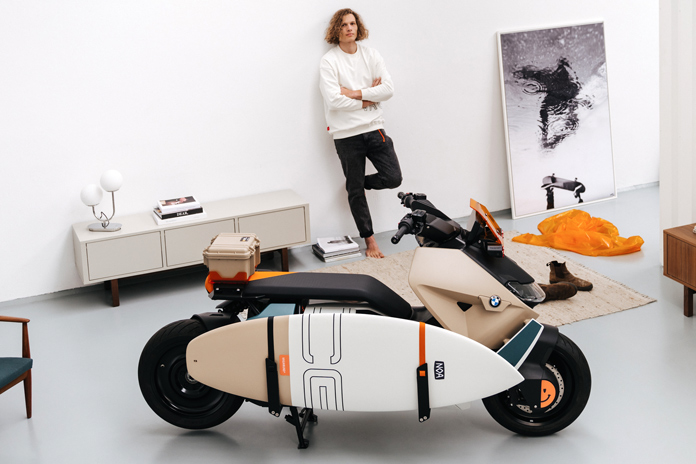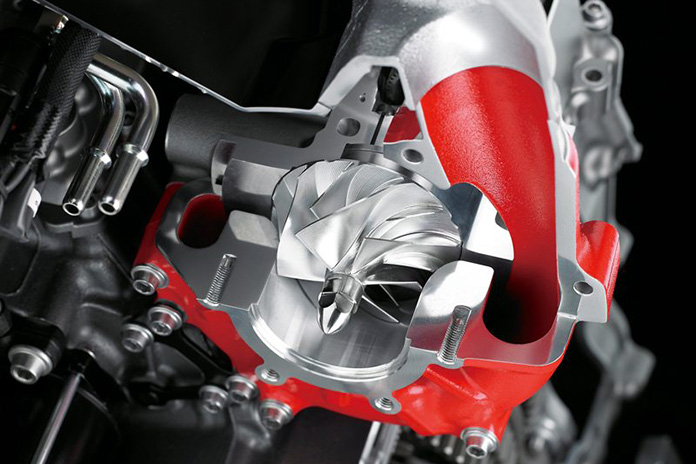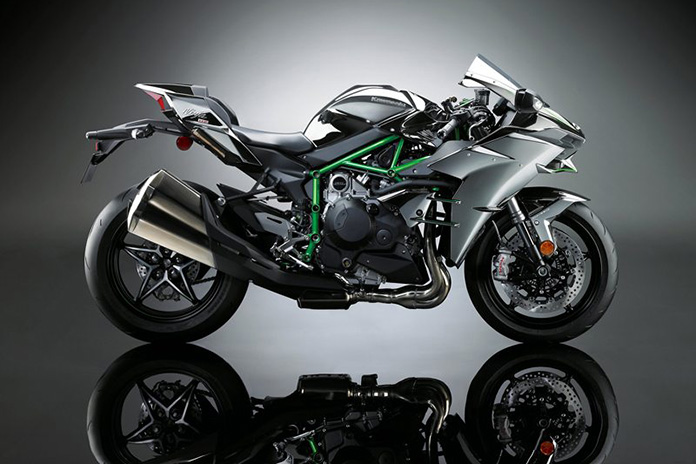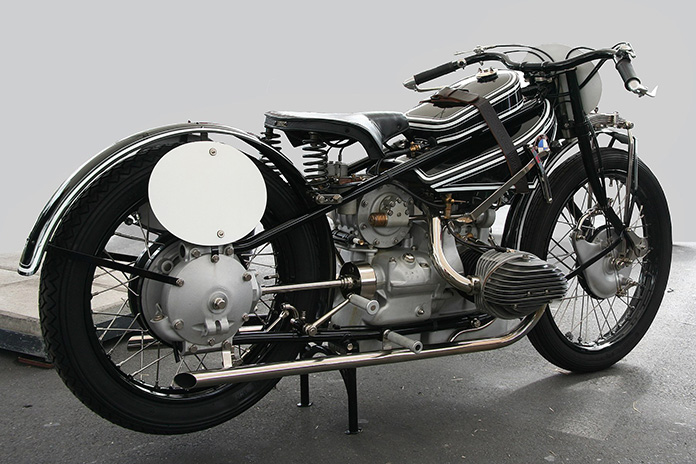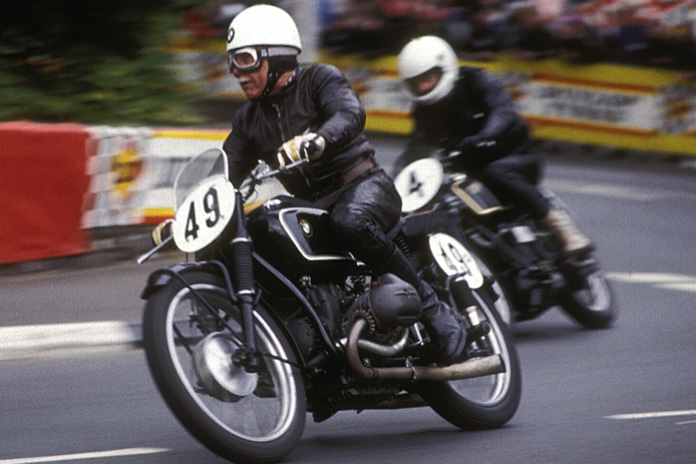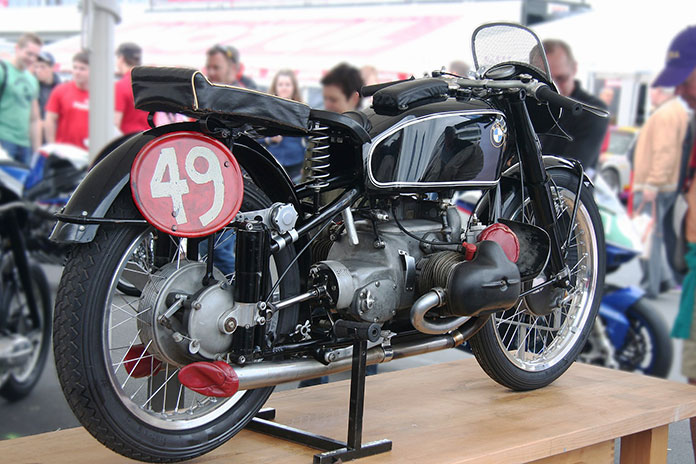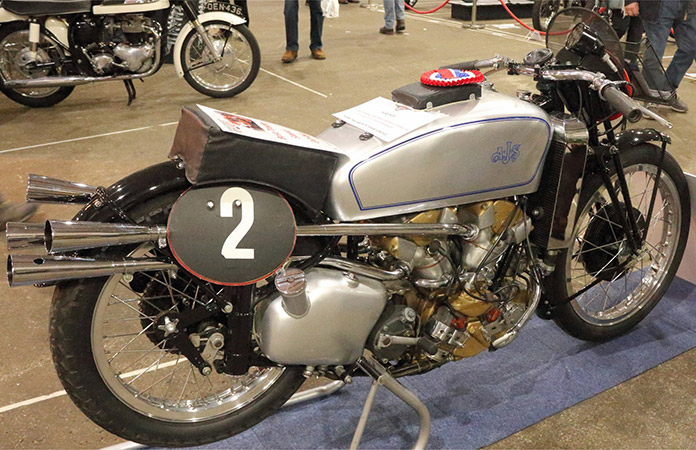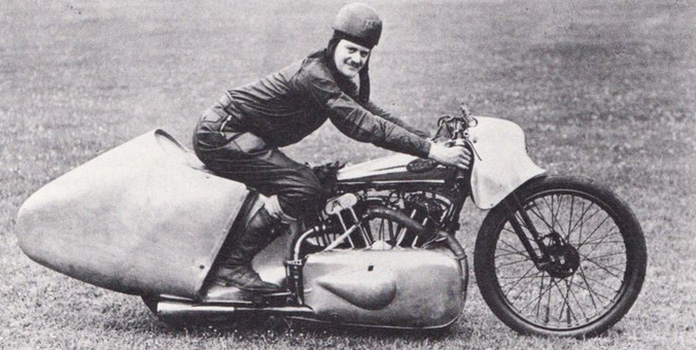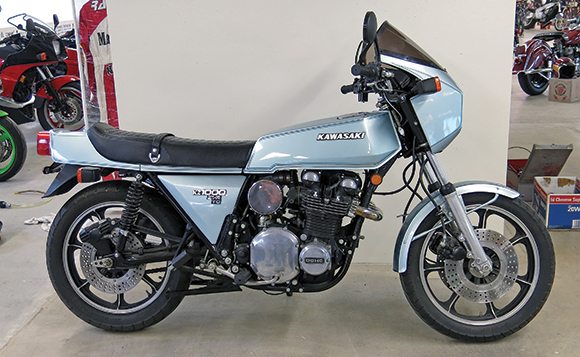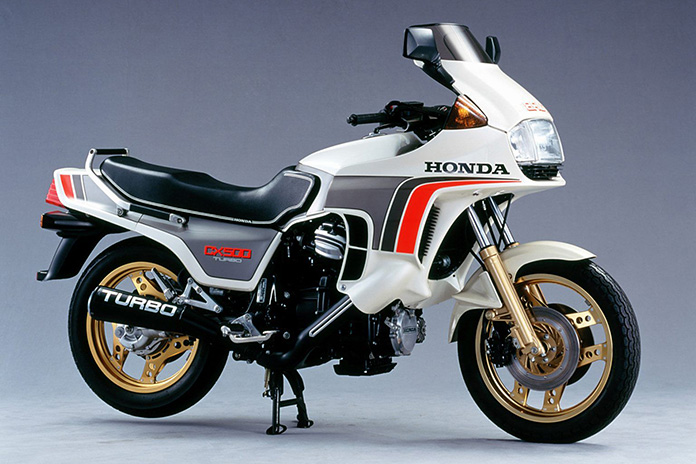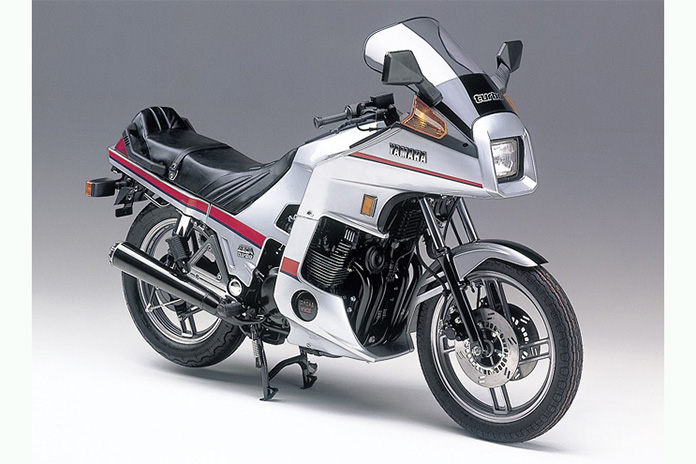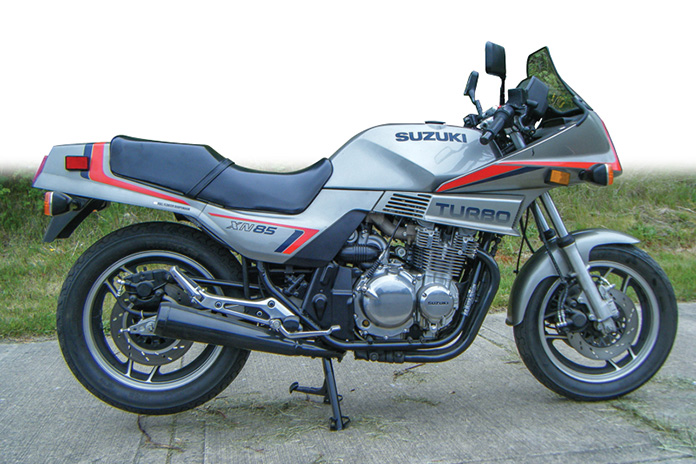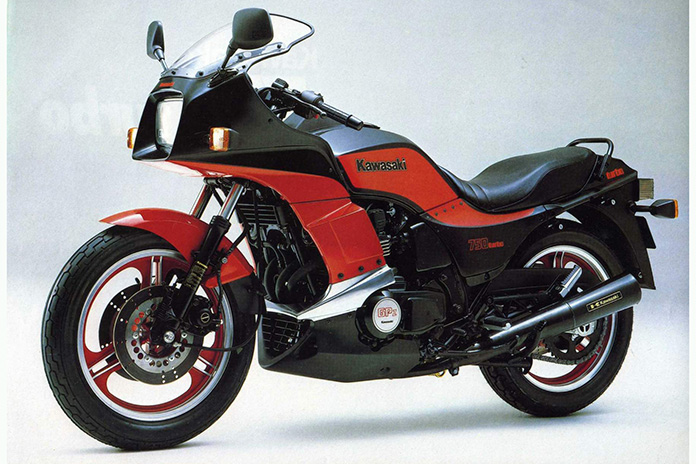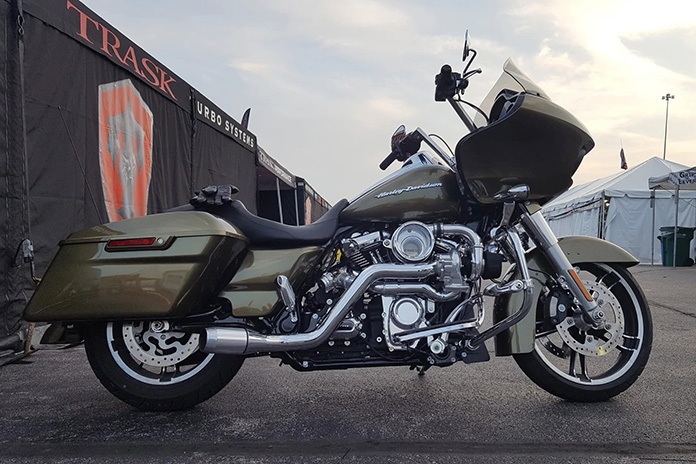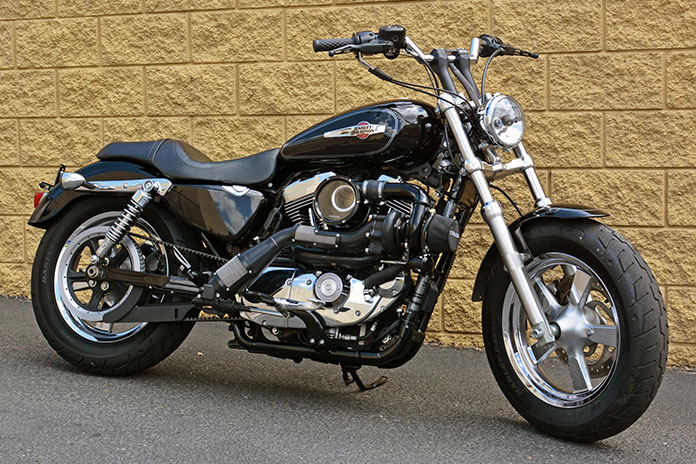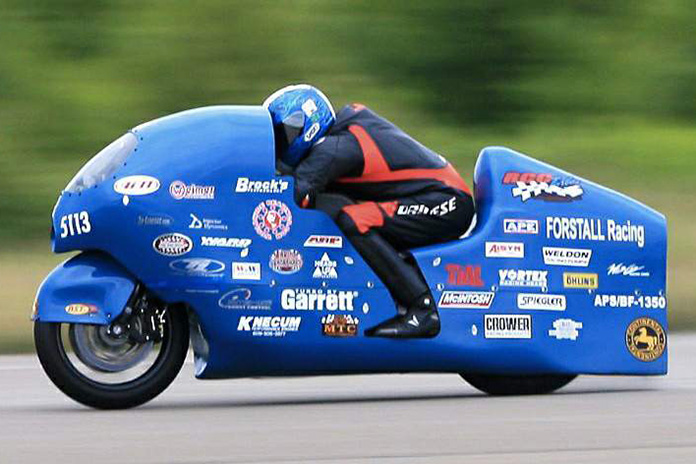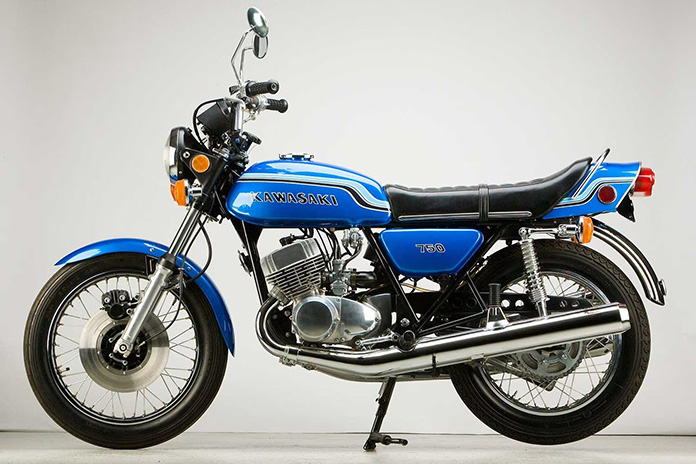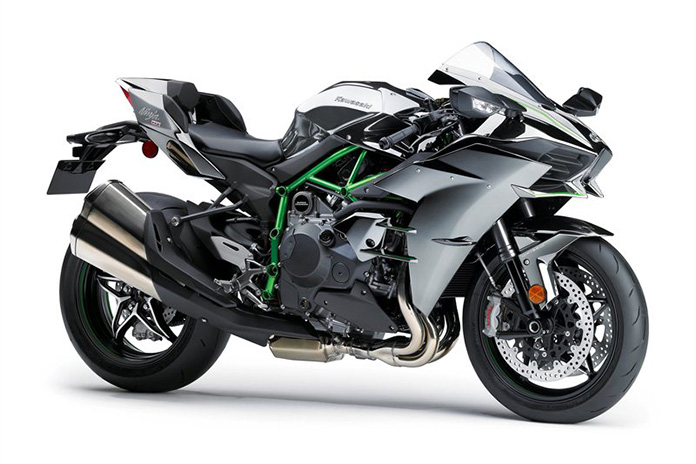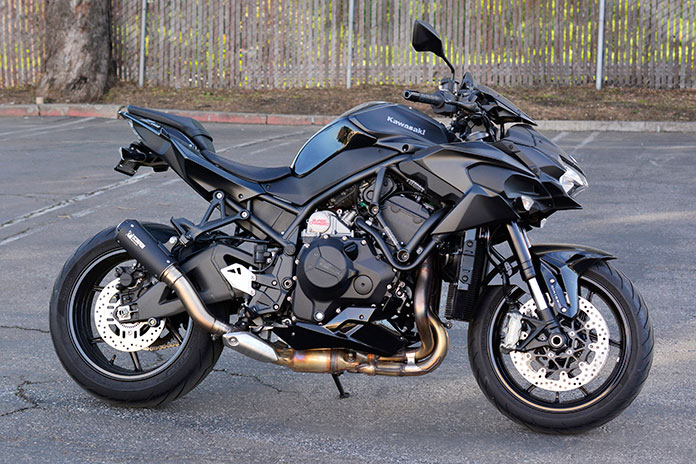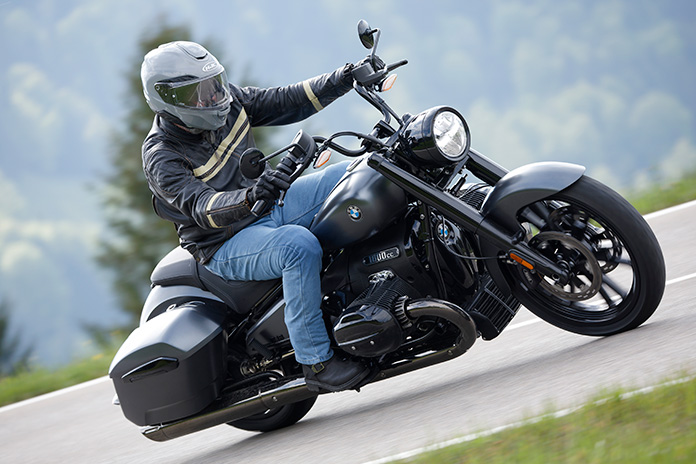
In my early days with Rider, the BMW R 18 caught my eye. I had never ridden a BMW, and as a cruiser guy it was right up my alley. When one of my fellow editors, Allison Parker, got a chance to ride an R 18 at the BMW U.S. Rider Academy, I expressed interest to Rider EIC Greg Drevenstedt about doing the same.
A few weeks later, BMW announced a new R 18 – the Roctane – and invited Rider to get a first ride on the bike in Germany, so I made my pitch. The ride would coincide with the recently opened 100 Years of BMW Motorrad exhibition at the BMW Museum in Munich, so I figured this would be the perfect opportunity to get a little additional perspective on how we got to this point.
I came away from the trip not only wiser but after two days of riding through the Bavarian and Austrian Alps, much happier.
BMW R 18: A Growing Family
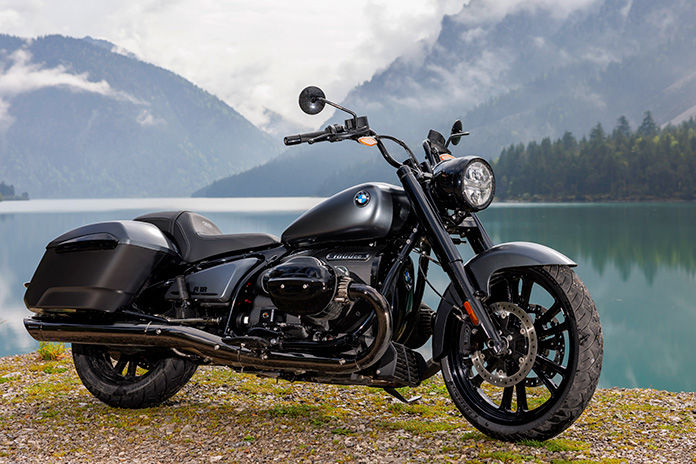
The 2024 BMW R 18 Roctane is the fifth member of the R 18 family, which launched its first model in 2020 and was inspired by the iconic BMW R 5 from the 1930s. The Roctane, which BMW describes as a “cruiser, a bagger, and everything in between,” joins the standard R 18, the R 18 Classic, the R 18 B (Bagger), and the R 18 Transcontinental.
Related: 2022 BMW R 18 Transcontinental | Road Test Review
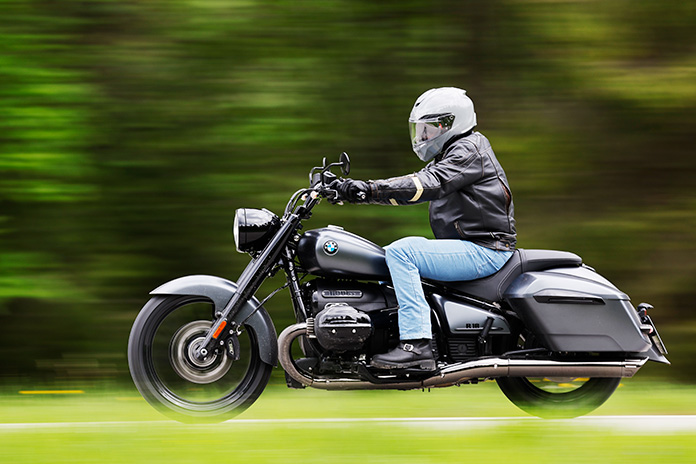
As with the other R 18s, the Roctane has an air/oil-cooled “Big Boxer” Twin engine displacing 1,802cc (or 110ci in the parlance of American cruisers) and mated to a 6-speed transmission, a single-plate dry slipper clutch, and a nickel-plated driveshaft. We dyno’d the 2021 R 18, and it made 109 lb-feet of torque between 2,000-4,000 rpm at the rear wheel.
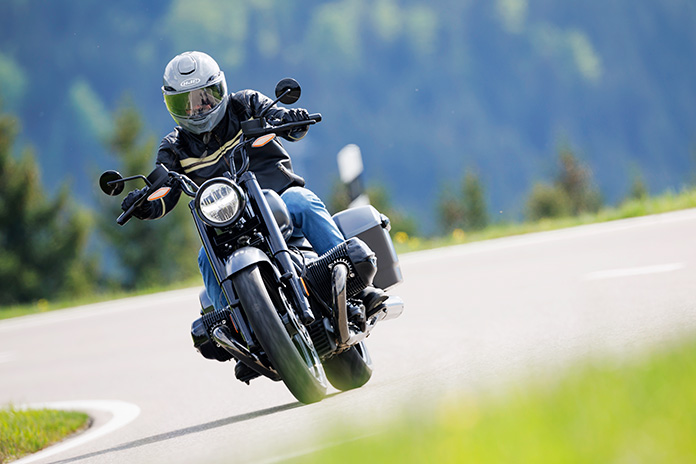
This thing is a monster, figuratively and literally. The afternoon I arrived in Munich, I went to the BMW Museum. There are some amazing sights to be sure (more details are available here), but one area of note is dedicated to the R 18. It includes a display stand with the 1,802cc Boxer mounted on it. I had seen this display in a photo, but it wasn’t until I was standing in front of the massive engine that I truly realized why it is called the “Big Boxer.” With the partial exhaust pipes coming out of the cylinder heads and hooking down in front like mandibles, it looked like a giant alien insect head dipped in chrome.
Of course, that could’ve been the jetlag and an overactive imagination, but it was still pretty striking.
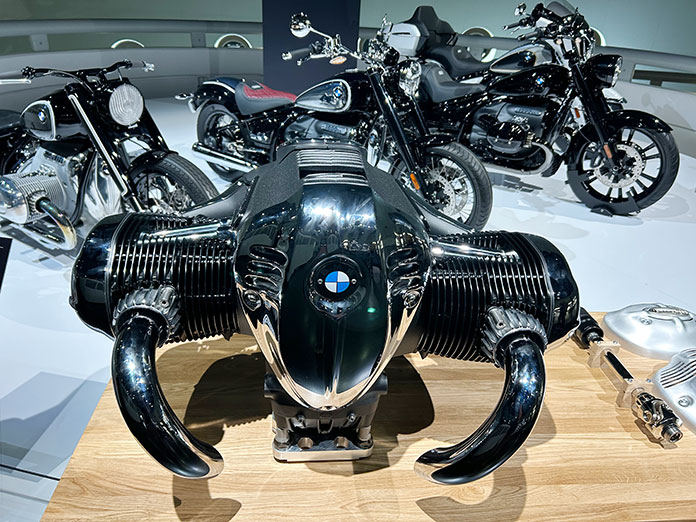
Beyond the engine, the R 18 Roctane also shares the same braking and suspension systems as its siblings, with 4-piston calipers biting dual 300mm discs up front and a single 300mm disc in the rear and a 49mm telescopic fork and central rear shock with travel-dependent damping, adjustable spring preload, and 4.7/3.5 inches of travel front/rear.
As to what makes the Roctane unique from other bikes in the R 18 family, one only had to step back and look at it next to other R 18 models at the launch, including the beautiful 100 Years Edition.
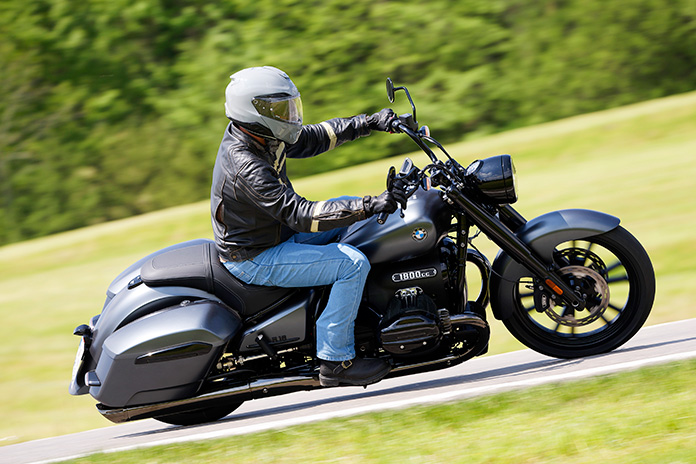
The Roctane has a blacked-out engine and drivetrain, a Dark Chrome exhaust, a black midrise handlebar, and a larger 21-inch front wheel.
The Roctane’s chassis geometry and seating position falls between that of the standard R 18 cruiser and the R 18 B(agger). Its 7.3 inches of trail is 1.4 inches longer than the R 18 but similar to the R 18 B, while its 67.7-inch wheelbase is right in the middle of the two bikes. At 28.3 inches, its seat height is about an inch taller than the R 18 and again similar to that of the R 18 B.
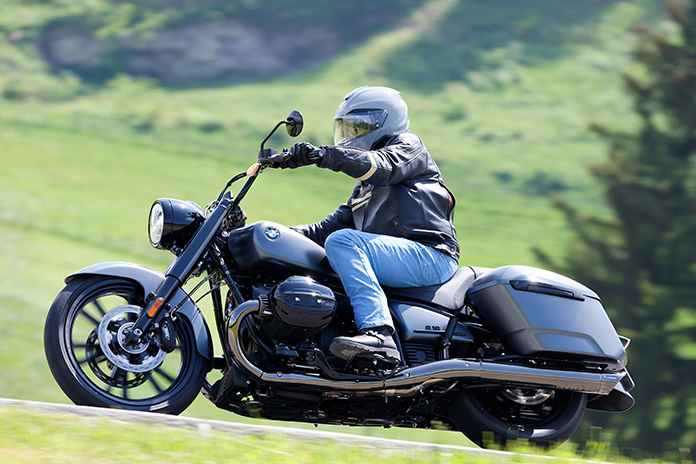
GEAR UP
- Helmet: HJC RPHA 91
- Jacket: Highway 21 Motordrome
- Gloves: BMW Motorrad BoxerTorque
- Pants: Highway 21 Blockhouse Jeans
- Boots: Highway 21 Low Primary Engineer
Balancing the Past, the Present, and the Future
In the BMW Museum, there was a fascinating wall display of some of the different instrument panels used on the company’s motorcycles over the years, starting with the round analog speedo of the 1930s BMW R 61 and R 71 progressing to the much larger, rectangular display of the present-day BMW R 1250 RT and K 1600 GT.
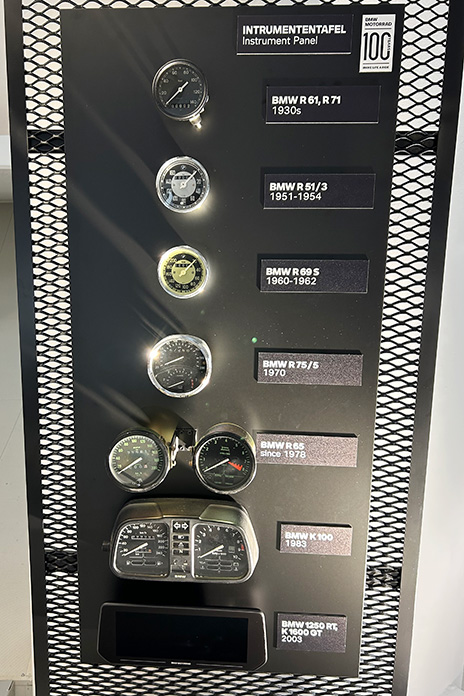
BMW took a different tack with the newest member of the R 18 family. Again inspired by the 1936 R 5, the Roctane’s instrument cluster is incorporated into the top of the metal headlight nacelle, with a classic analog speedometer and an inset multifunction digital display. Some may wish for a little more than the understated display, but for a cruiser, the simplicity works. On the Roctane, in addition to speed, ride mode, and gear selection, you can scroll through other info such as rpm, time, odometer, trip meters, and fuel economy.
But wait, where’s the fuel gauge? Seriously, no fuel gauge? I’d like something more than just a warning.
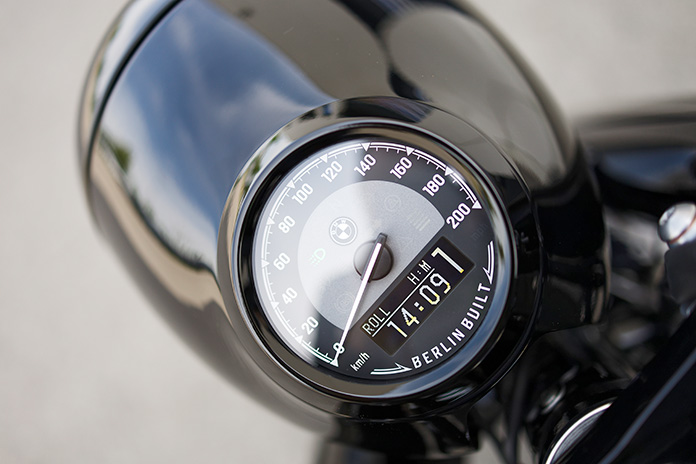
Personally, I love that the ride modes of the R 18 family are called Rock, Roll, and Rain. While somewhat unorthodox, there’s no question of what you’re getting here, and I sampled all three modes on our ride – Rain not necessarily by choice, but it sure is pretty in Germany this time of year.
Each mode moderates throttle response, traction control, and ABS but not the power, and while Roll and Rain were more sluggish, even in Rain, during a couple moments when I needed to overtake a car, the Roctane had what I needed. I just had to twist the throttle harder to get it. In Rock, there was no hesitation, and I was pleased to find that it wasn’t snatchy. Throttle response was immediate, powerful, and smooth, even polishing out some of the engine vibration present in Roll.
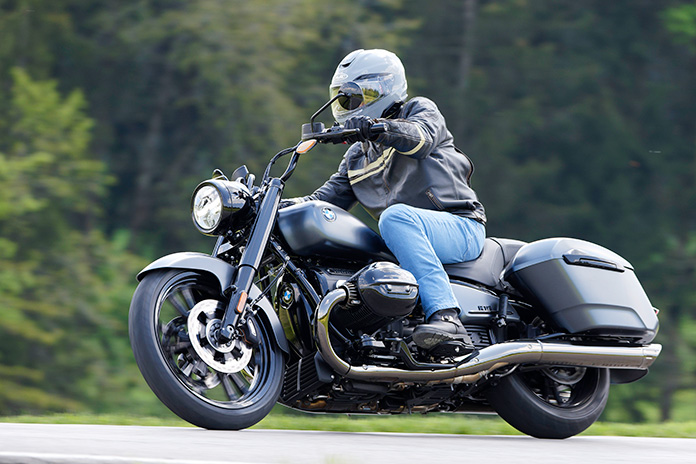
I would argue – and a BMW rep actually agreed with me – there isn’t really a need for Roll. Besides starting off the ride in Roll and using it coming down from the breathtaking cliffside Burghotel Falkenstein on some narrow, frost-heaved switchbacks that were wet from the previous night’s rain, I mostly kept it in Rock or Rain.
When it came to rocking, the Roctane’s ample trail contributed to reassuring straight-line stability. Blasting down the autobahn at 140 kph (that’s about 87 mph to you and me, kids), it felt solid. There was a decent amount of windblast at those speeds, so if I had to do much of that, I’d be inclined to install one of BMW’s accessory windshields.
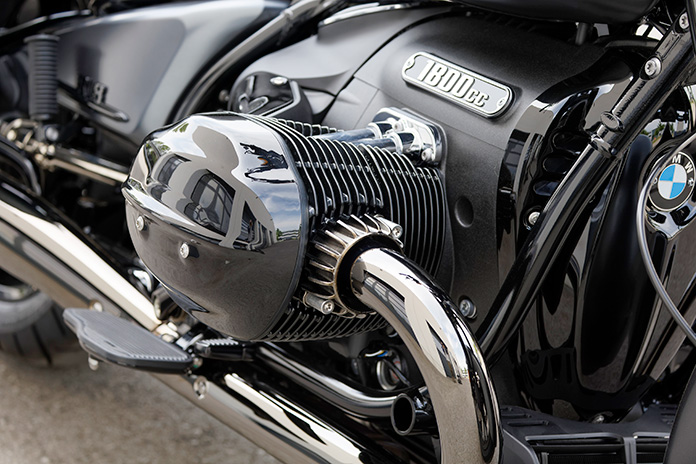
Among the journalists on hand during our ride, the general consensus was that the Roctane would be a better bike for cruising wide-open roads in the U.S. than bending through all the twists and turns in the Alps. Besides the highway stints, most of our high-speed riding over the two days consisted of long sweepers rather than twisties. Those were a true joy on the Roctane, but even for the few spots that were a little tighter, I didn’t have any problem flopping the bike from side to side, even with its 825-lb curb weight.
I was also pleased with the Metlzer Ultra Marathon tires, which were grippy in all conditions, from dry to wet to really wet on some occasions. This is a bike I would gladly take over the well-known Hogback of Scenic Byway 12 in my home state of Utah.
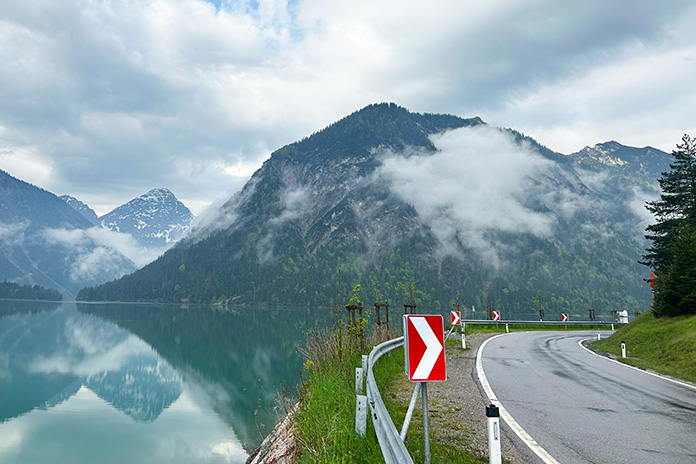
And even though the Roctane is a long, heavy bike, the Big Boxer helps keep the weight low and provides better than expected balance and maneuverability at low speeds. The R 18 Roctane can also be equipped with optional Reverse Assist and Hill Start Control, both of which would be especially handy if the bike was loaded to capacity.
There are a few areas in which the R 18 Roctane could be improved, the first being the position of the foot controls. As we noted in our review of the R 18 Classic, the location of the shift lever relative to the footboard made it nearly impossible to get my boot underneath it. I was able to upshift with the side of my big toe sometimes, but more often than not, I just used the heel shifter. However, given the midmount controls and my 32-inch inseam, it felt awkward. The rear brake pedal seemed similarly difficult to access with my boot. I love the long footboards on my cruiser at home, but on the Roctane, I found myself envious of the guys riding the R 18s with footpegs.
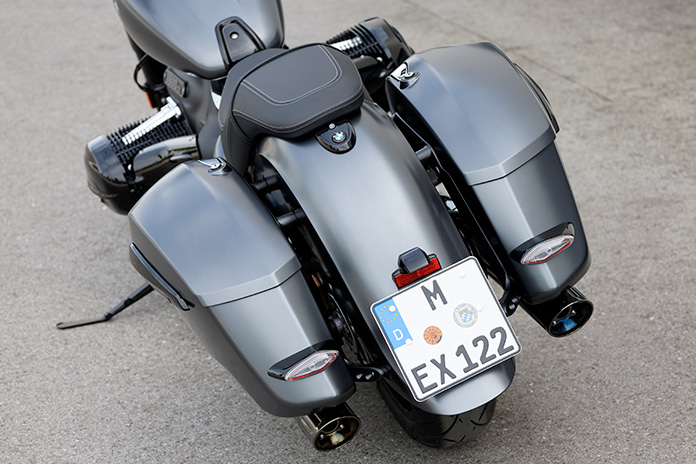
The second area in need of improvement is braking. Like other R 18s, standard equipment on the Roctane includes BMW Motorrad Integral ABS, where the hand lever applies braking force to both wheels but the foot pedal applies braking force only to the rear wheel. This is the first bike I’ve ridden with integral ABS, and while I was able to shed speed when necessary, I was surprised that the brakes didn’t feel more responsive, especially considering those big dual discs up front. I had to apply more pressure at the lever – while also trying to get my boot on that elusive rear pedal – than I would’ve guessed.
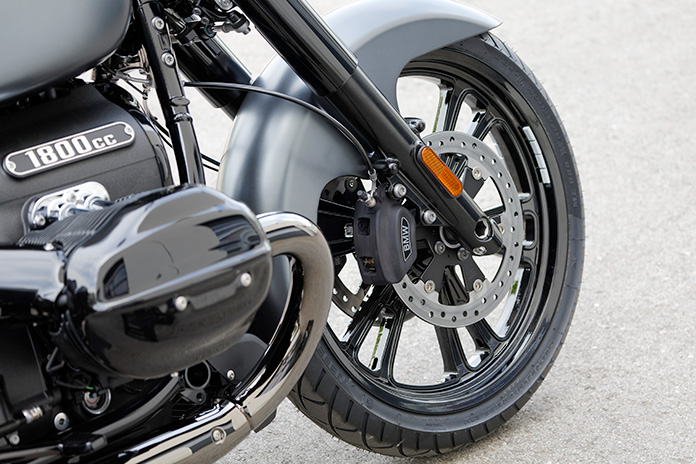
Finally, the top-loading, locking hard cases are stylish and easy to use, but at just 27 liters of capacity in each side, they are on the small side. (The saddlebags on the R 18 B and R 18 Transcontinental are the same size.)
What’s Next for the BMW R 18 Roctane? A Matter of Faith

Those who are considering the R 18 Roctane probably fall into one of three groups: 1) Those who appreciate cruisers and are curious about this one; 2) Those who love all-things-BMW Motorrad; or 3) Those who like Harley-Davidsons and have an open mind.
In any discussion of heavyweight cruisers, Harley-Davidson is always the elephant in the room, even if everyone tries to ignore it. At dinner on the first night, I had an illuminating conversation with Christian Pingitzer, BMW Motorrad’s head of product management, after he asked me about my personal bikes and I told him my main ride is a 2004 Heritage Softail Classic.
“We’re not trying to be the better Harley-Davidson,” he said at one point. “Harley is like a religion.”
It’s no secret that the R 18 models have not sold as well on this side of the pond as BMW might have hoped, and there’s no denying the Roctane bike looks more the part of an American cruiser than its predecessors. On the second day, Tim Diehl-Thiele, head of communications, said that the company was “fully on track” with sales of the R 18s in China and Europe, but “in the U.S., we need time.”
Then he went on to call H-D a “super cool brand” and also referred to it as a religion.
This is interesting to me. I’m a cruiser guy and I’m not religious, but I do agree that Harley-Davidson is like a religion. However, what I’ve come to believe since I’ve been with Rider is that BMW is something of its own religion, and they have their own passionate adherents who love the brand and ignore all the others.

Similar to how I choose to dabble when it comes to matters of faith, I also enjoy dabbling in a lot of motorcycle brands. When it comes to the Roctane, I enjoyed the thrill of the power coupled with the confidence it inspired and the comfortable cruising. And I look forward to seeing – and hopefully dabbling in – the future developments of the R 18 lineup.
2024 BMW R 18 Roctane Specs
- Base Price: $18,695
- Price as Tested: $21,900 (Mineral Grey Metallic Matte, Select Package, Reverse Assist)
- Website: BMWMotorcycles.com
- Warranty: 3 yrs., 36,000 miles
- Engine Type: Air-/oil-cooled, longitudinal opposed flat-Twin, OHV w/ 4 valves per cyl.
- Displacement: 1,802cc (110ci)
- Bore x Stroke: 107.1 x 100.0mm
- Horsepower: 80 hp @ 4,500 rpm (2021 R 18, rear-wheel dyno)
- Torque: 109 lb-ft @ 2,900 rpm (2021 R 18, rear-wheel dyno)
- Transmission: 6-speed, hydraulically actuated single-plate dry slipper clutch
- Final Drive: Shaft
- Wheelbase: 67.7 in.
- Rake/Trail: 34.7 degrees/7.3 in.
- Seat Height: 28.3 in.
- Wet Weight: 825 lbs.
- Fuel Capacity: 4.2 gal.
See all of Rider‘s BMW coverage here.
The post 2024 BMW R 18 Roctane | First Ride Review appeared first on Rider Magazine.
Source: RiderMagazine.com

